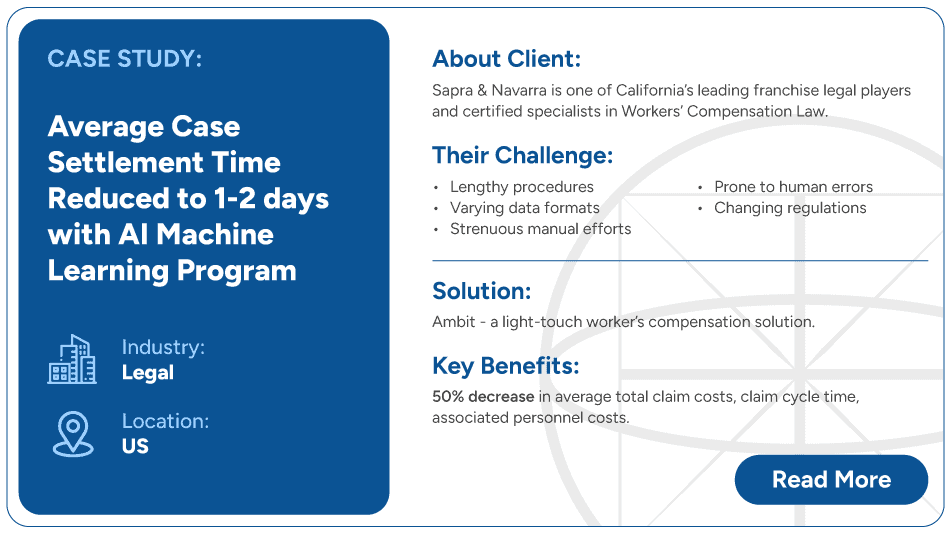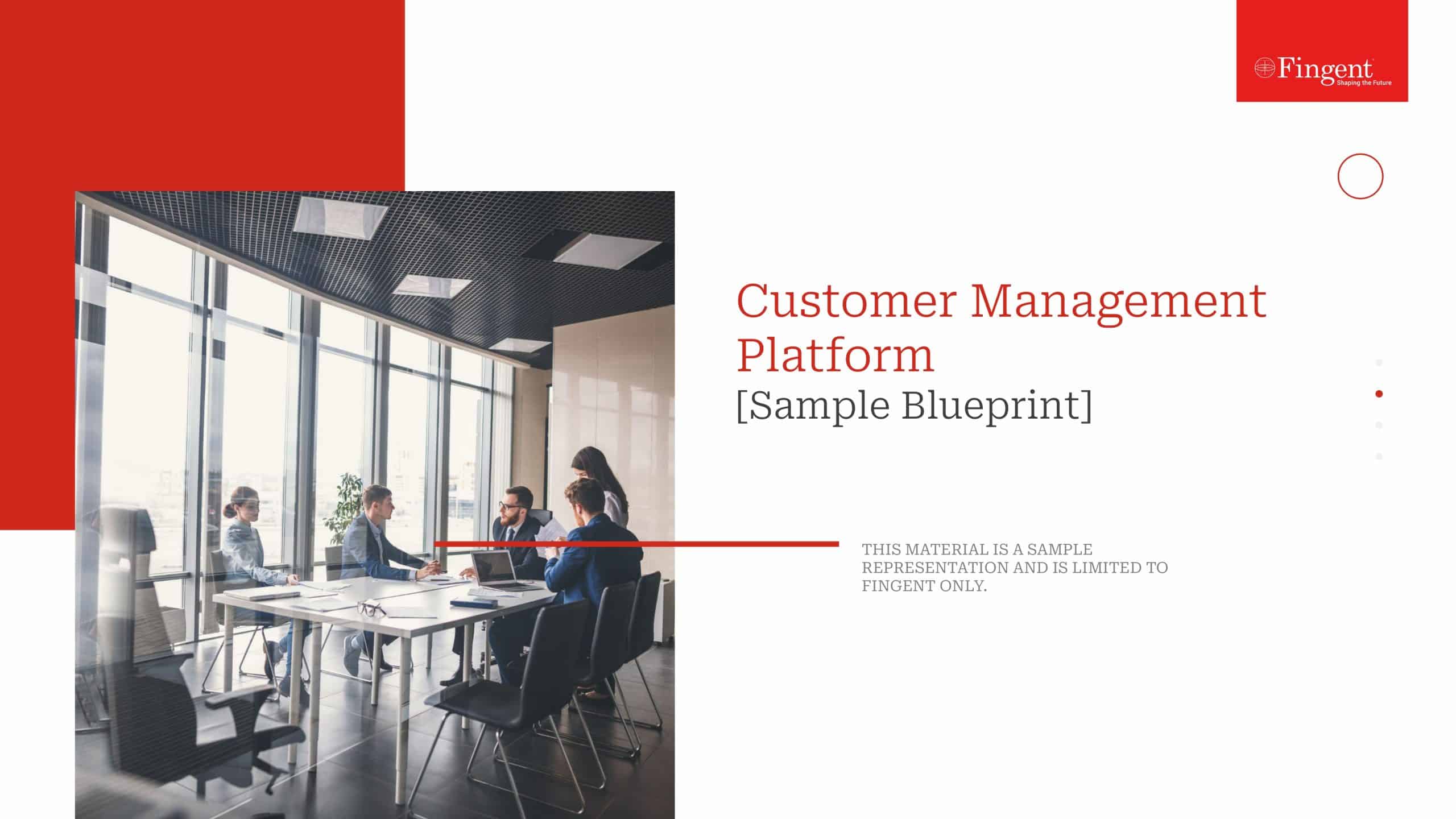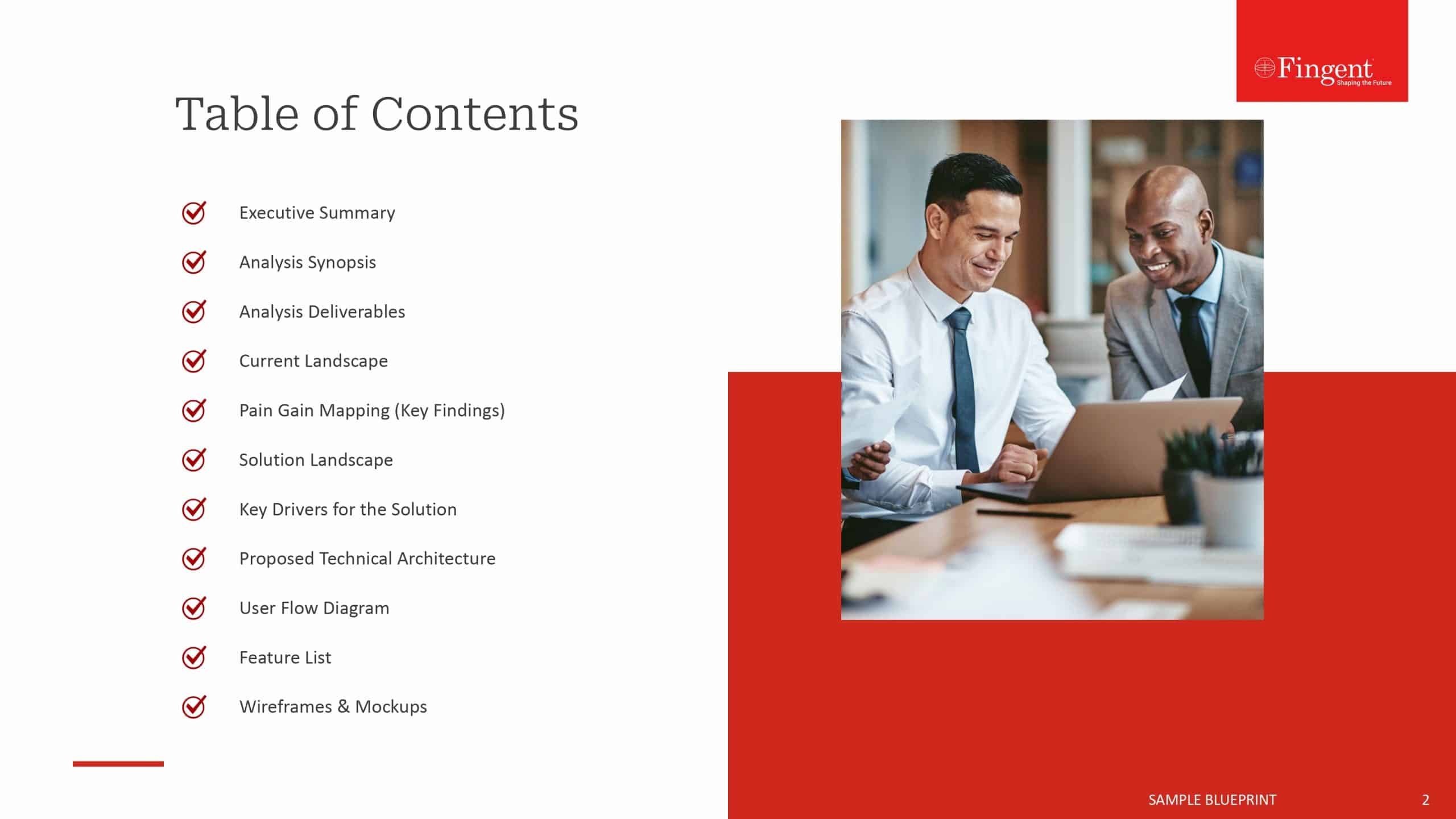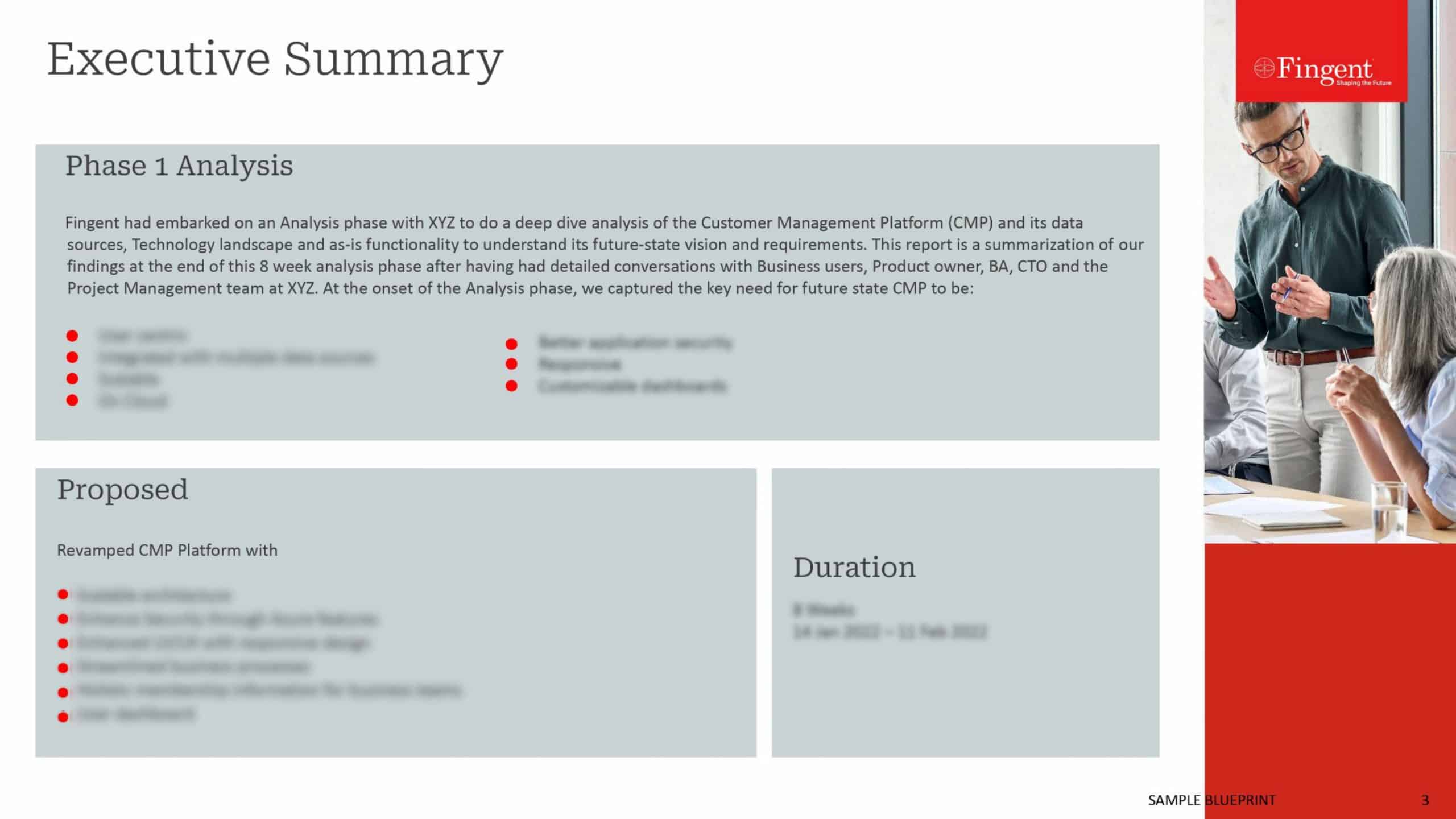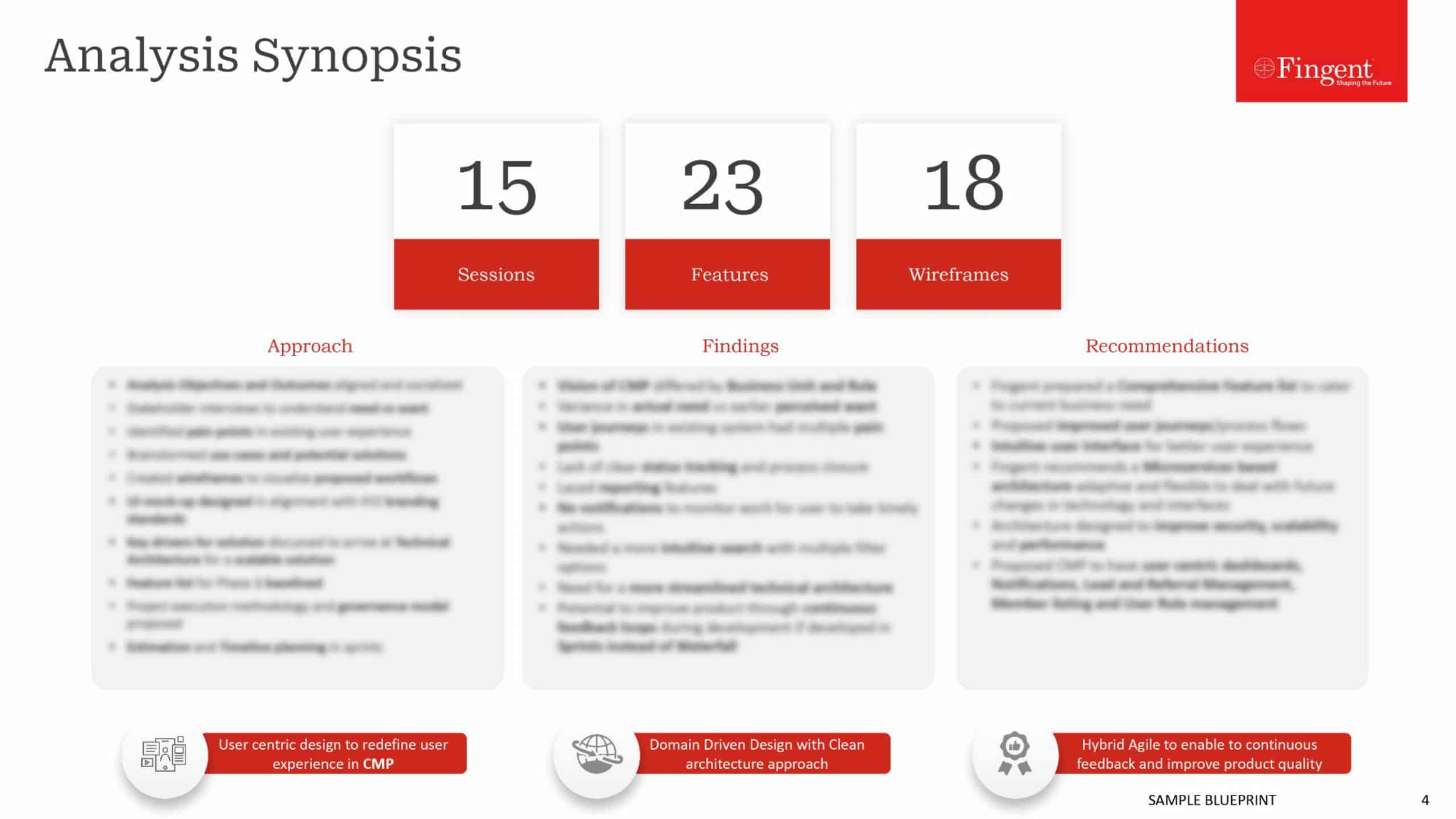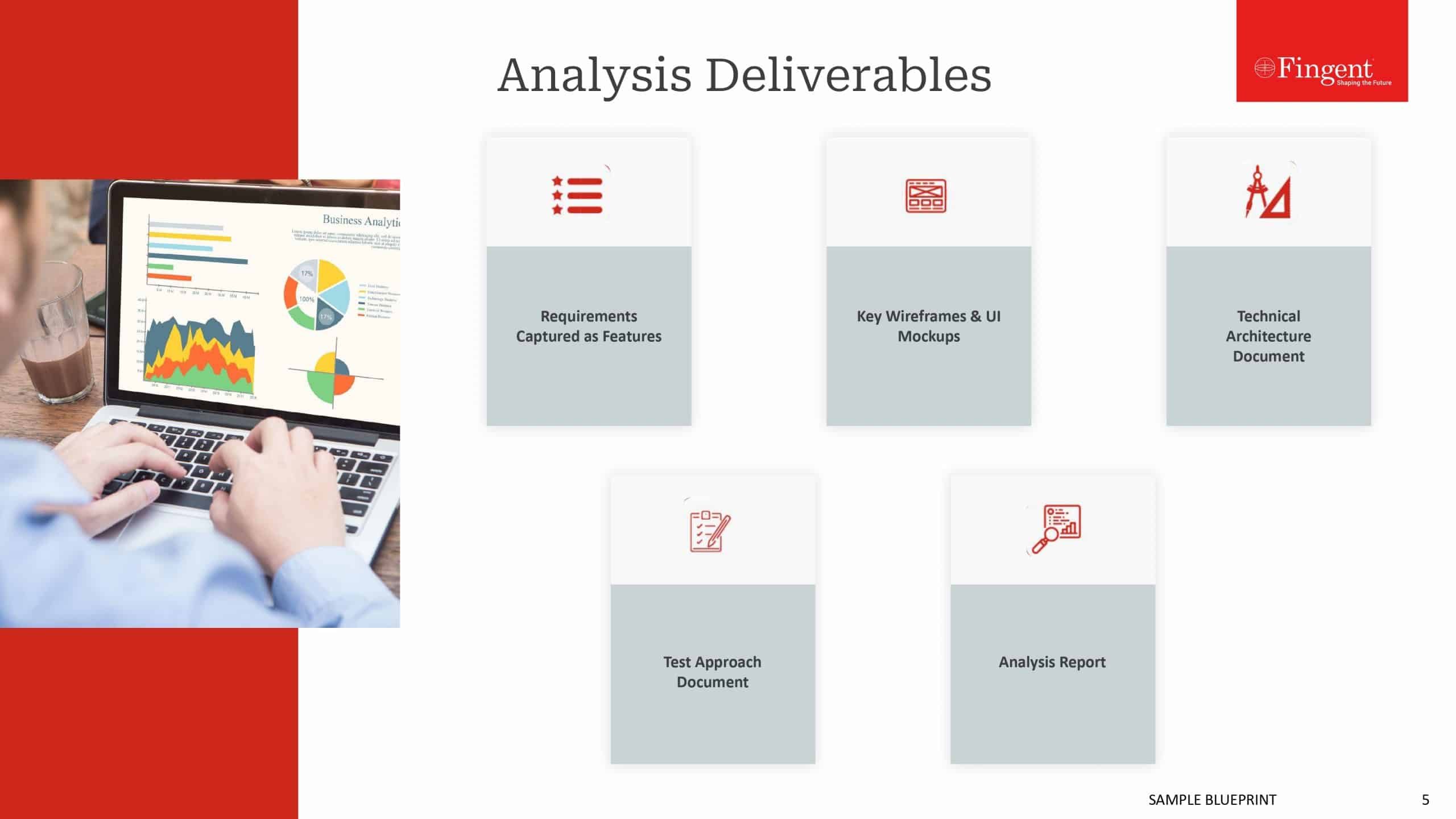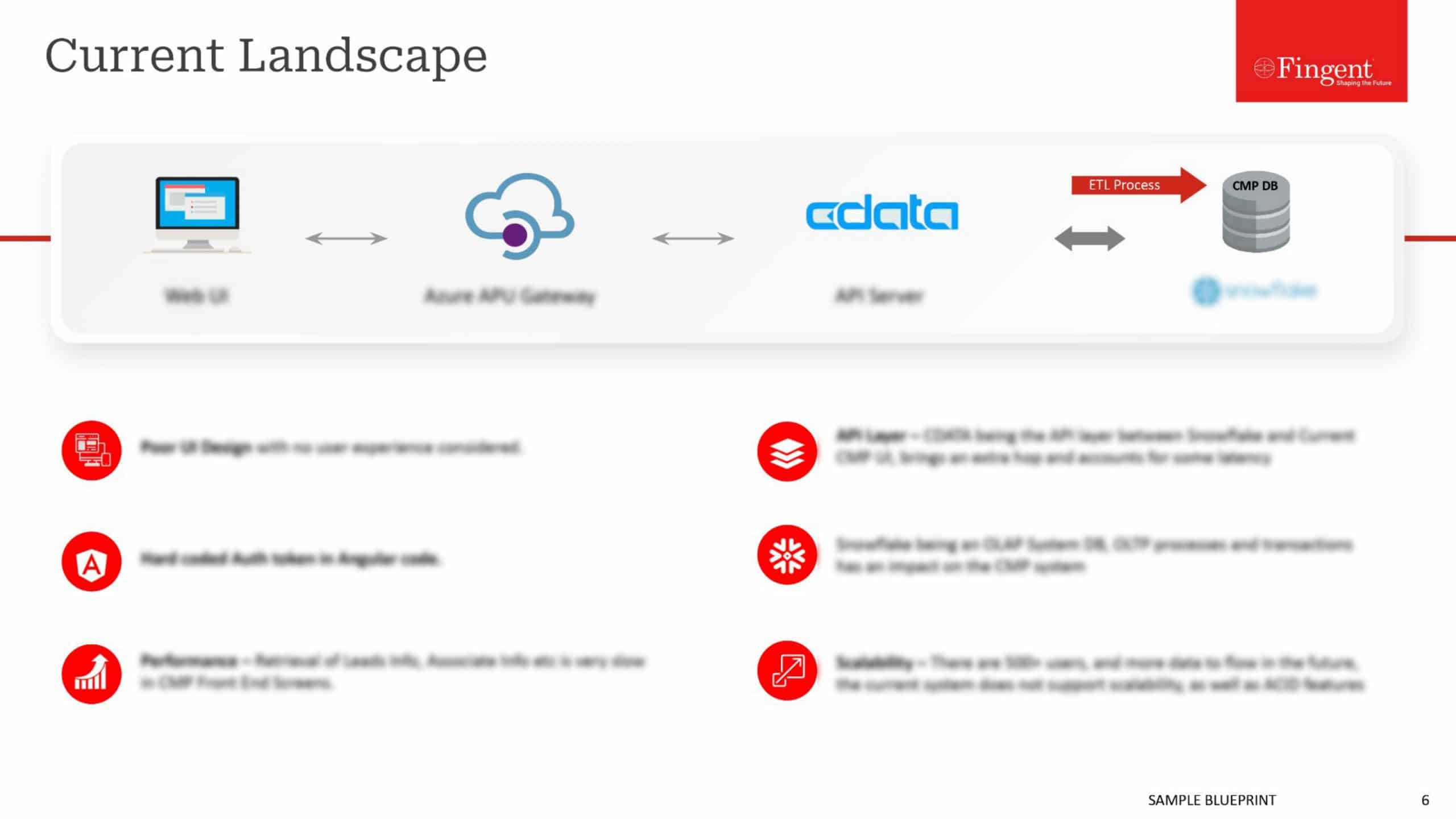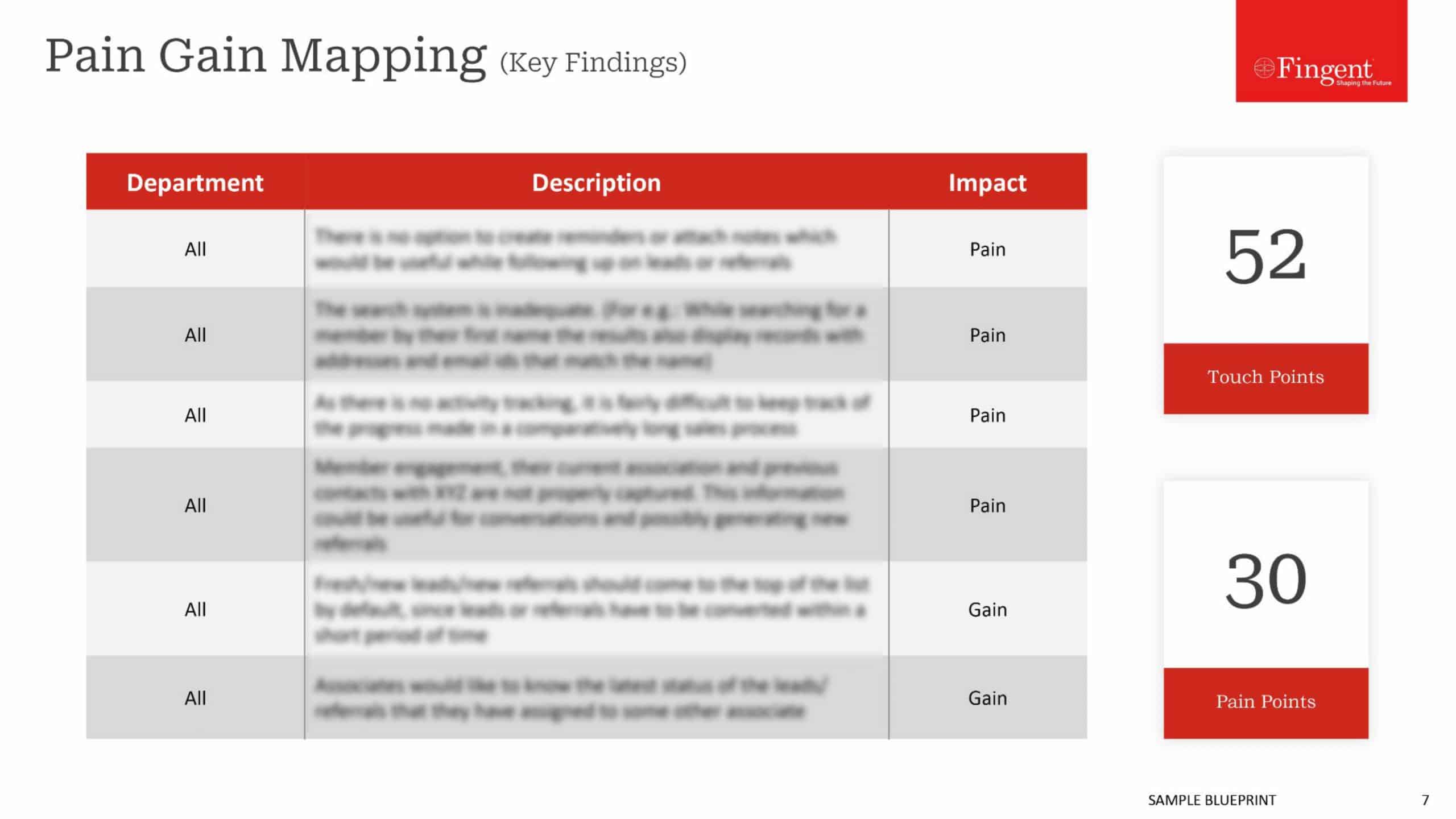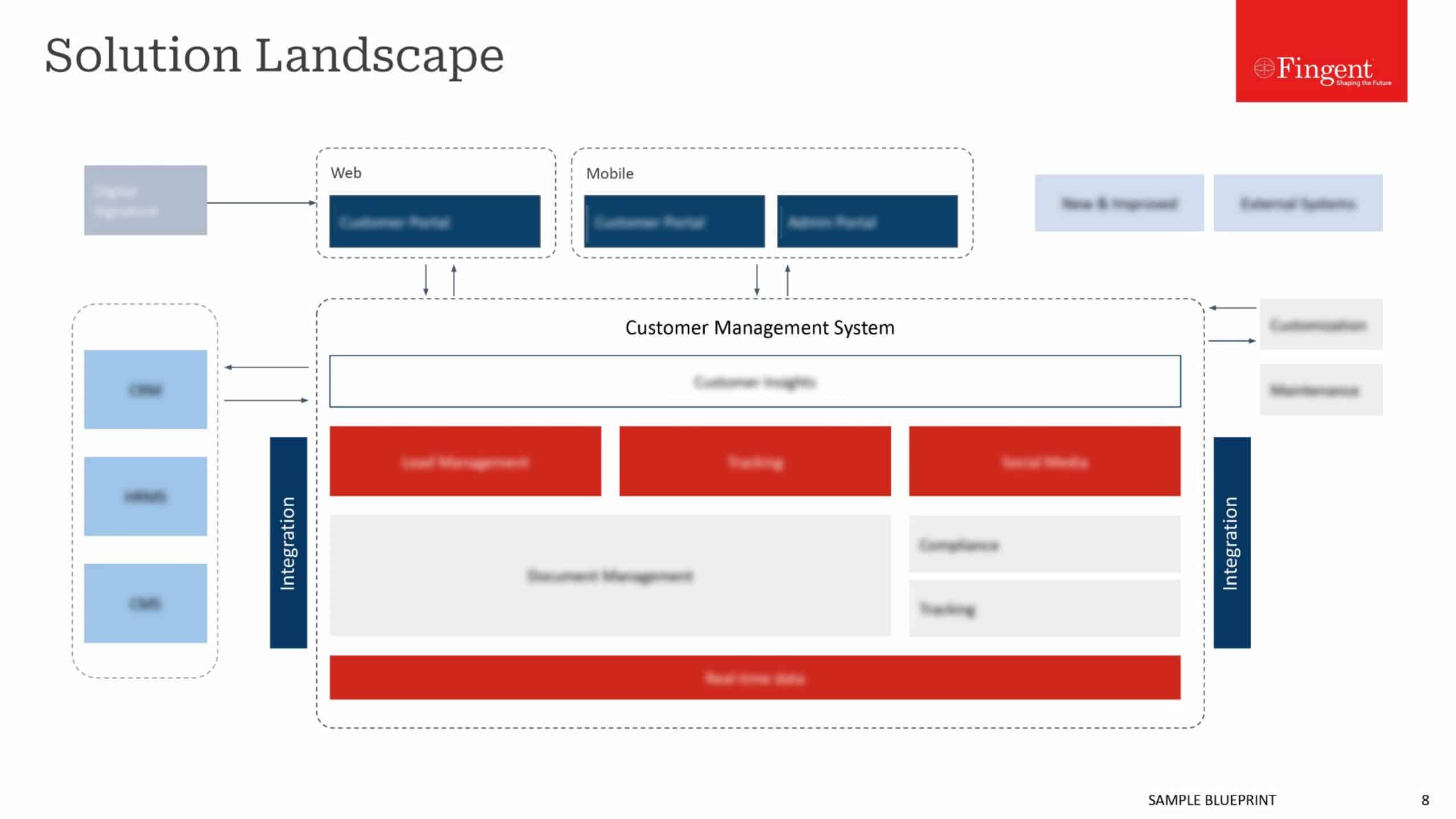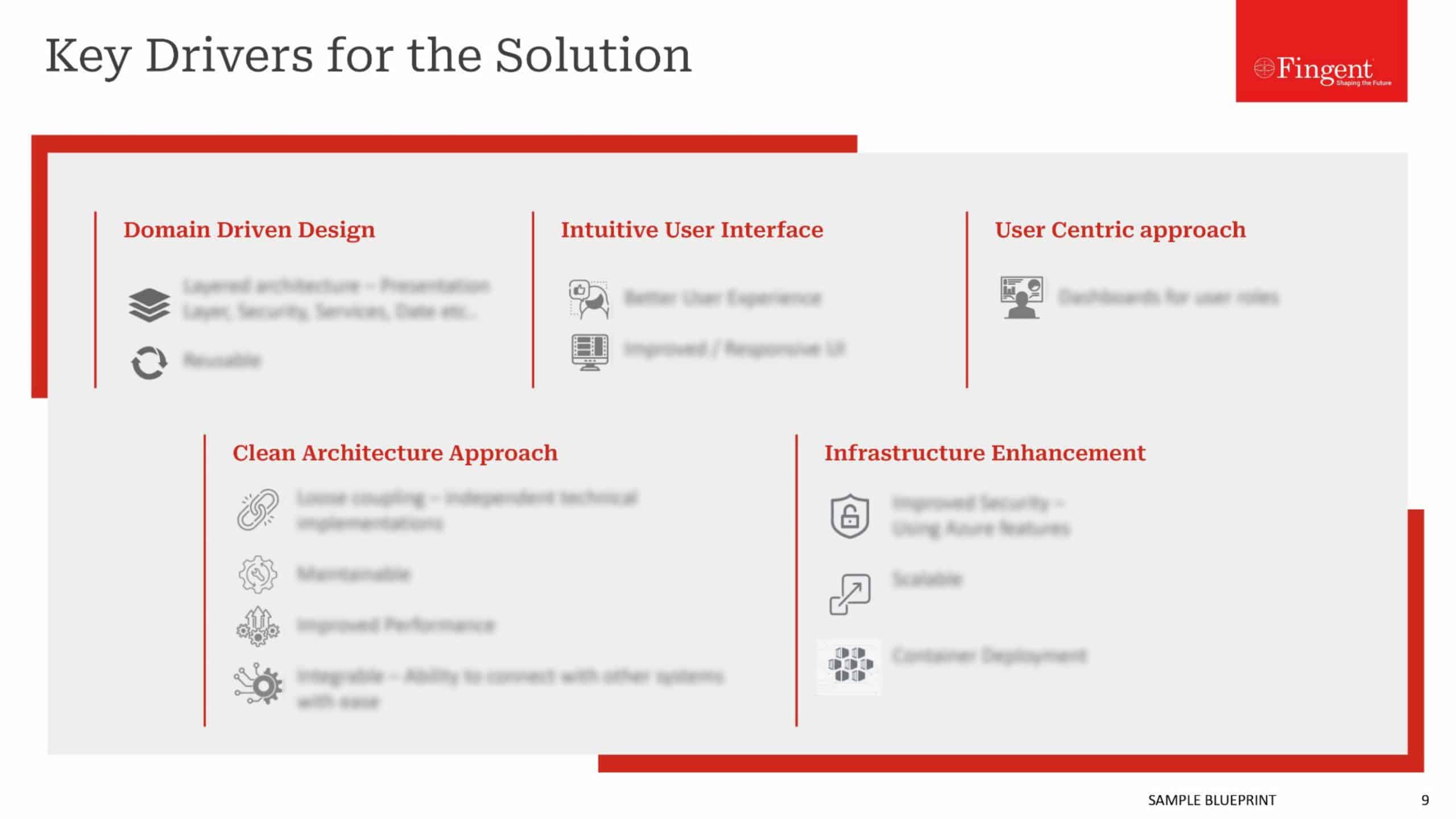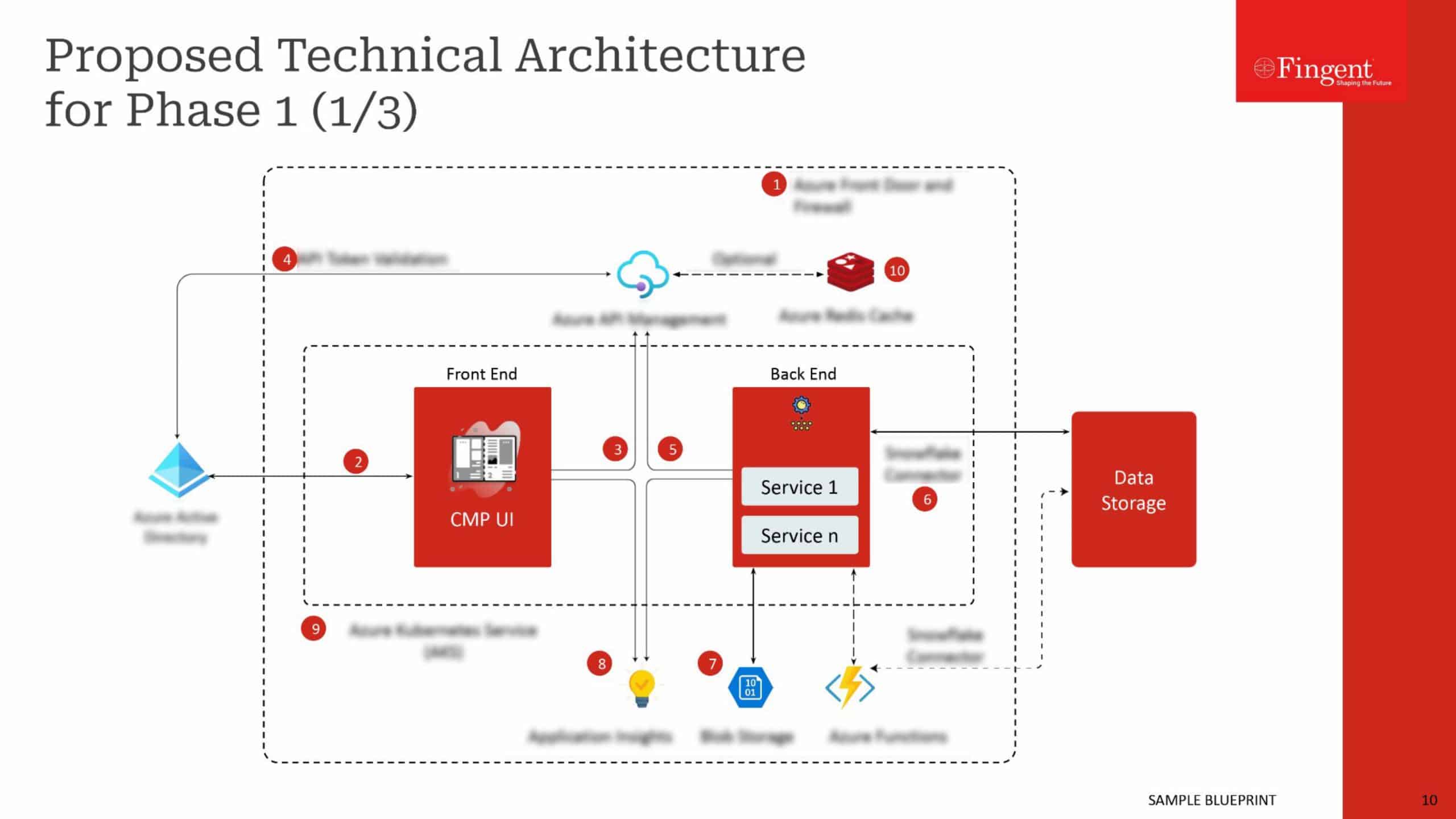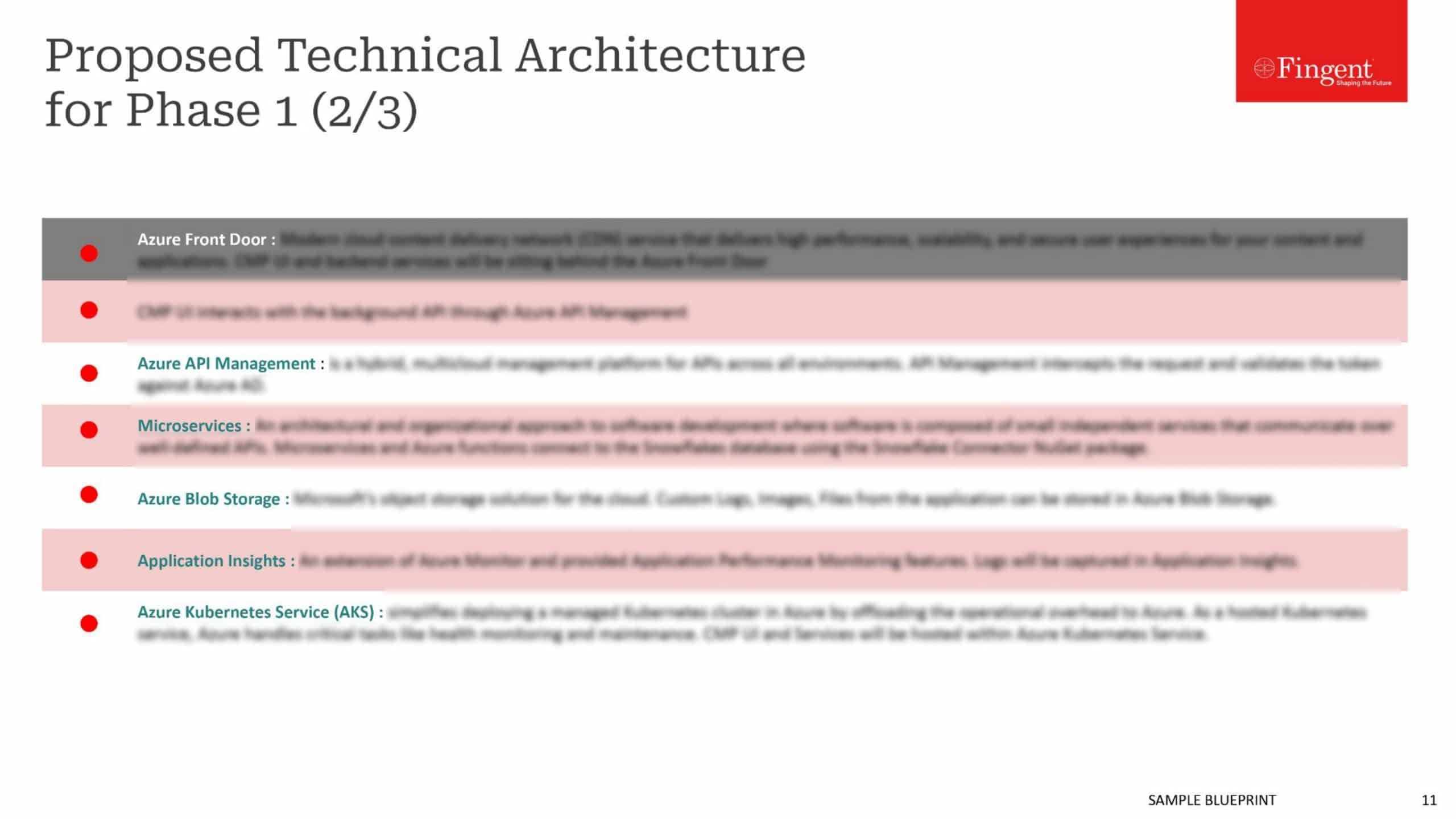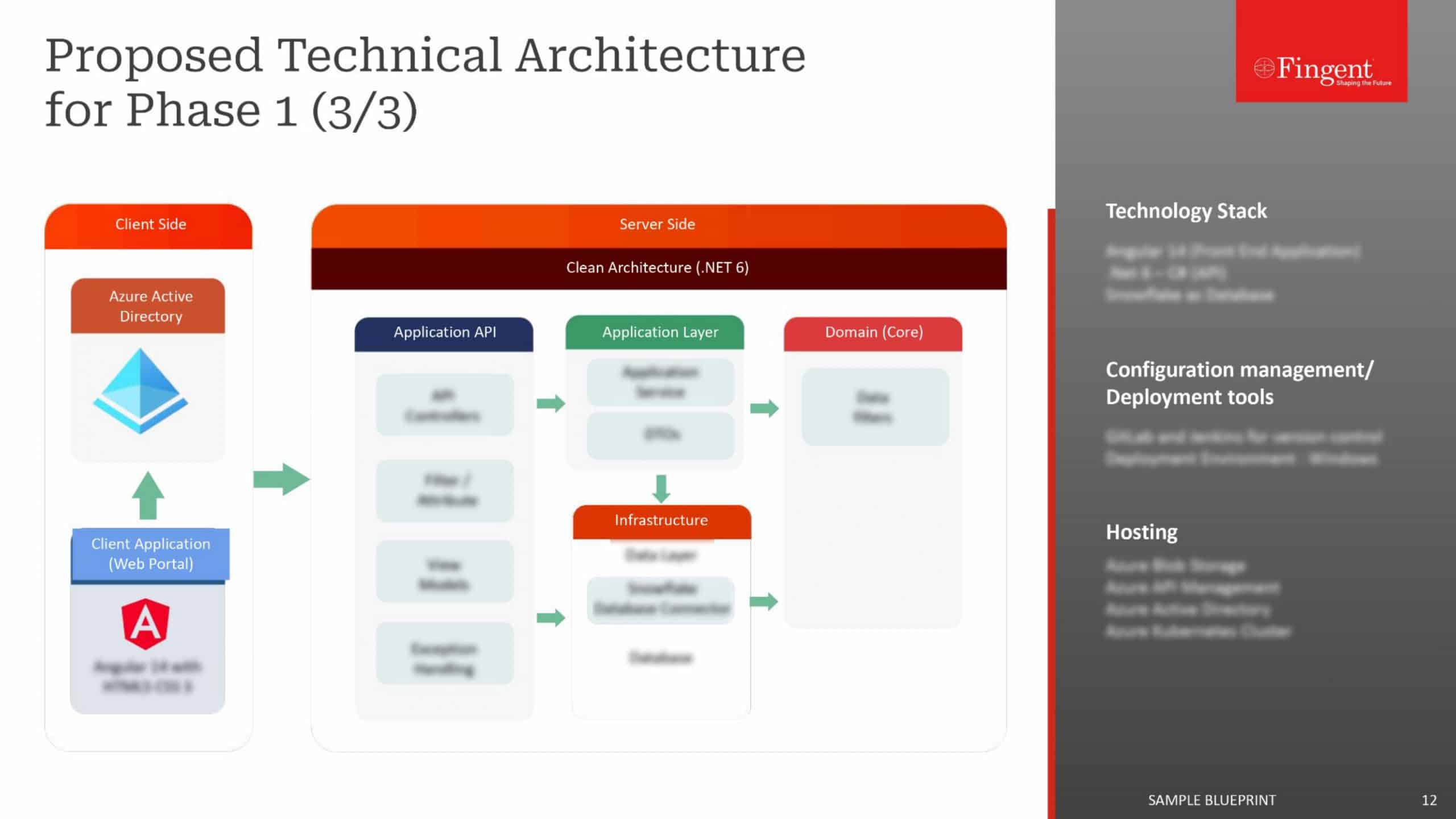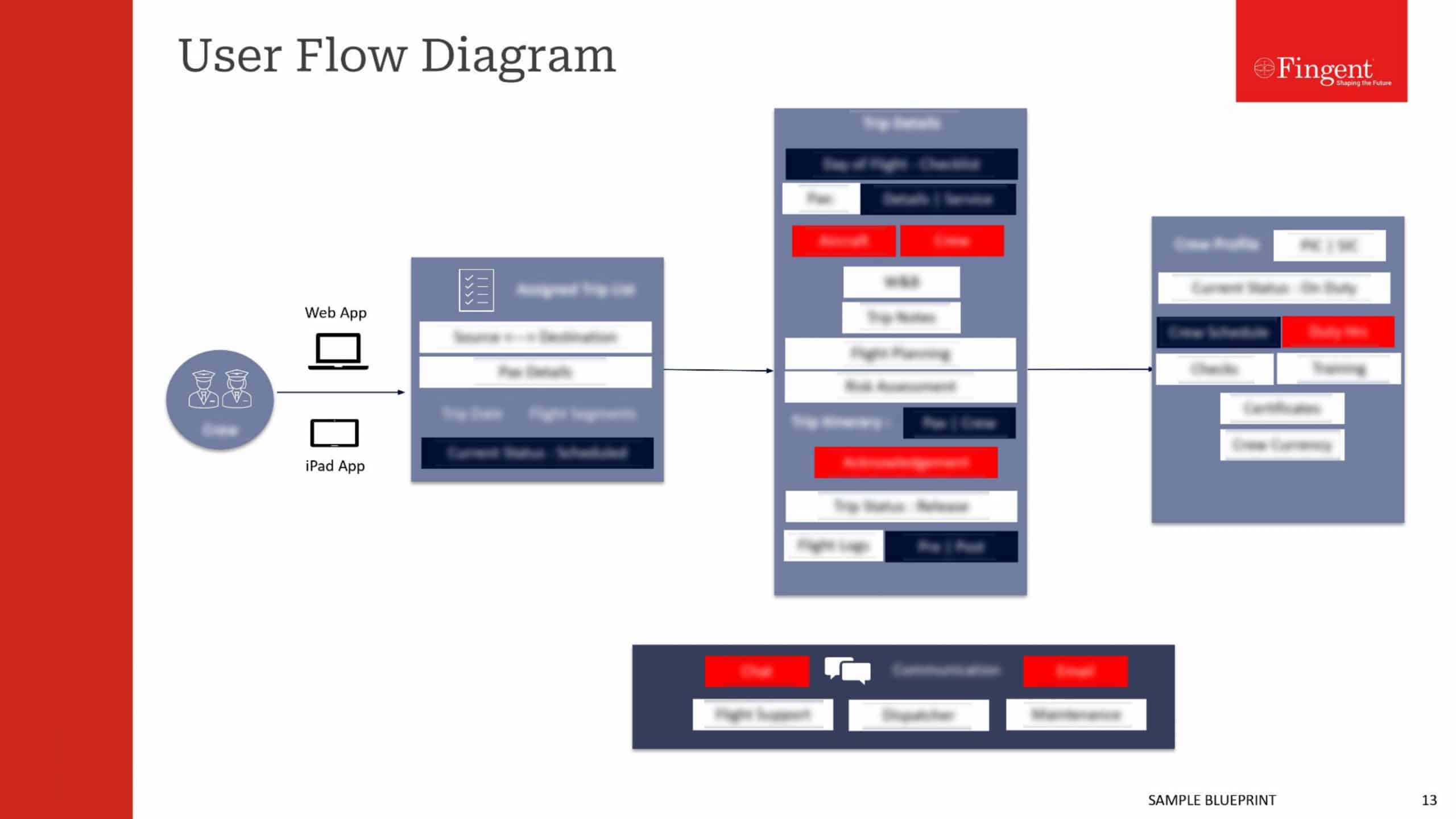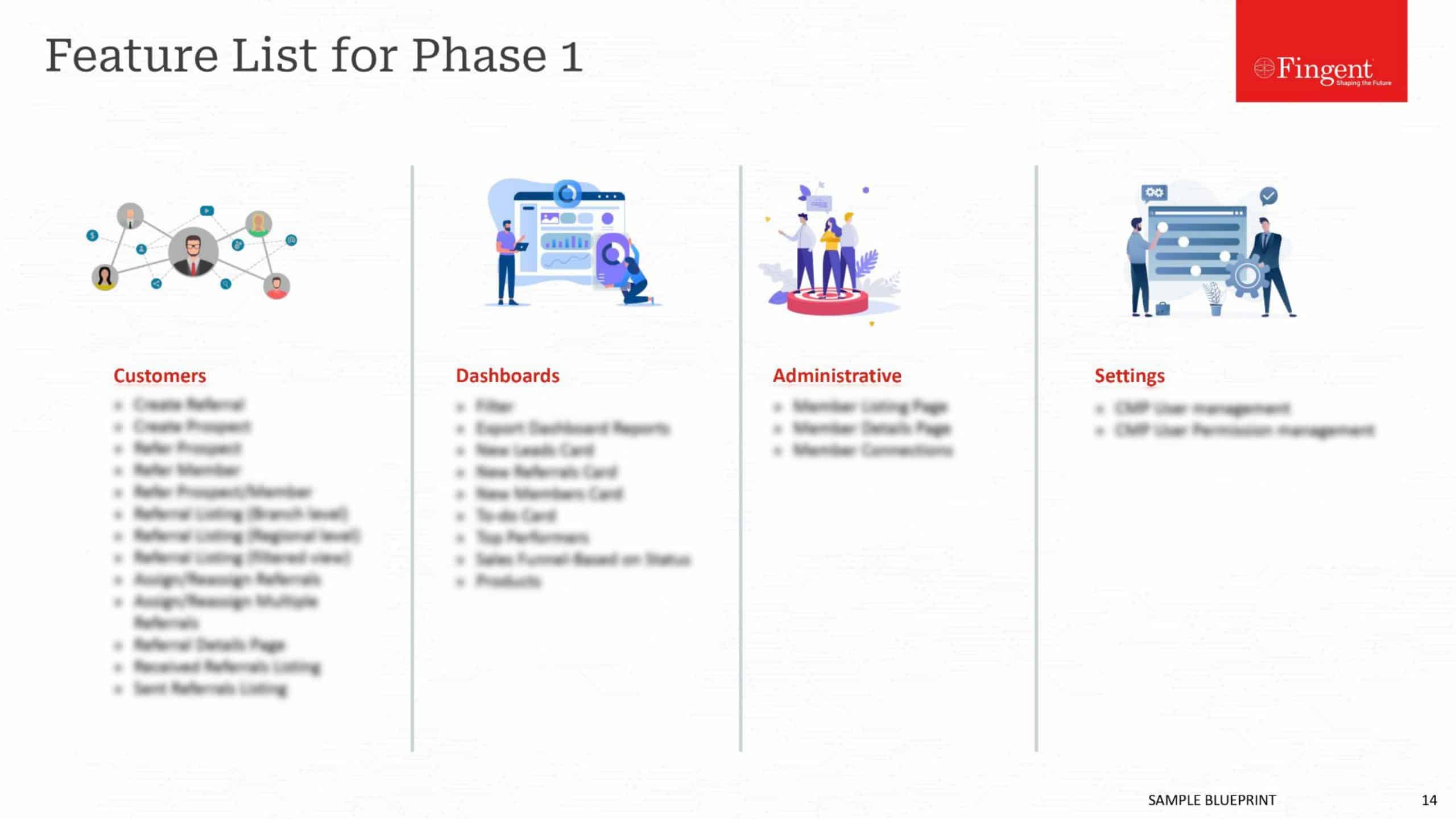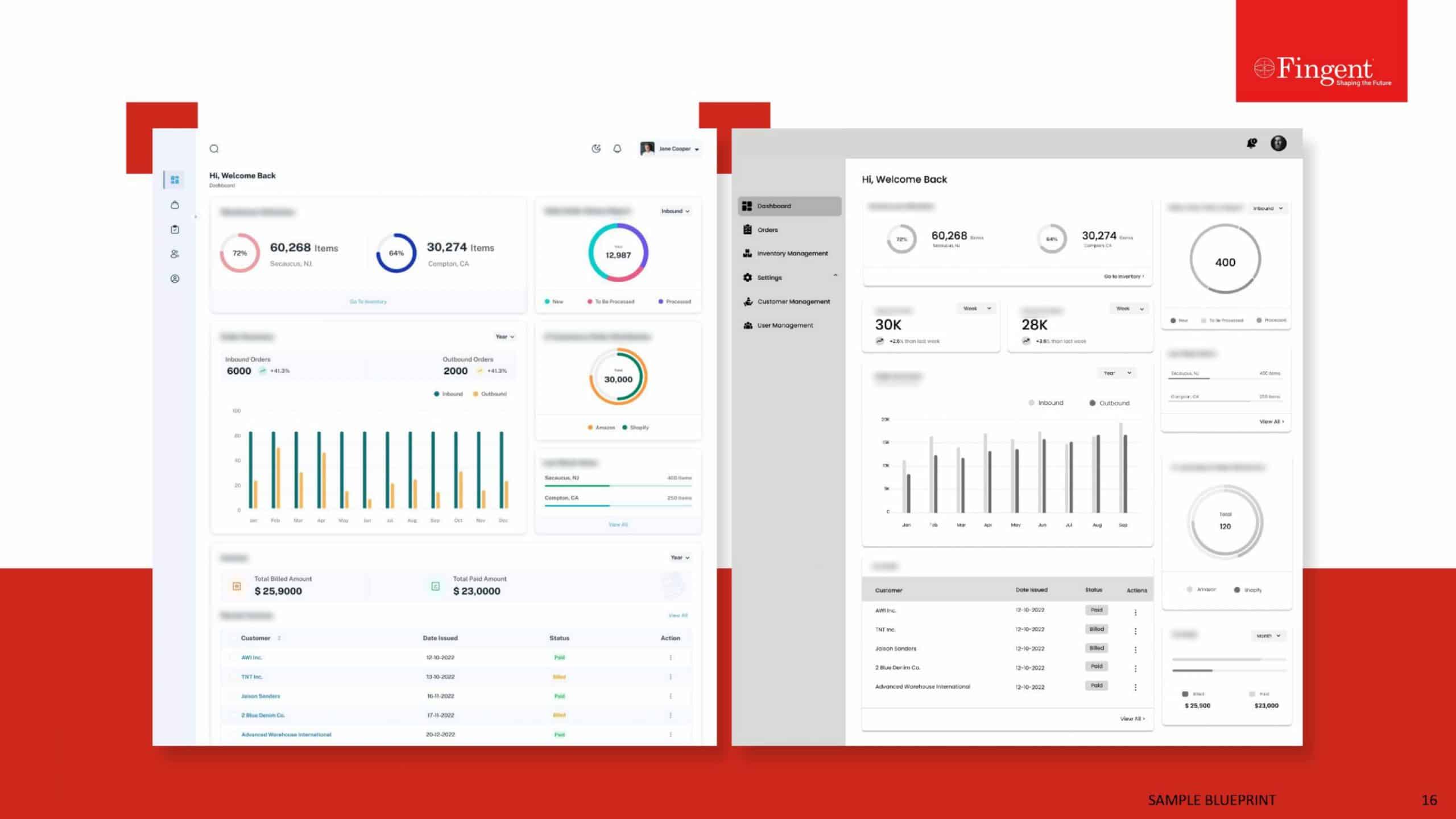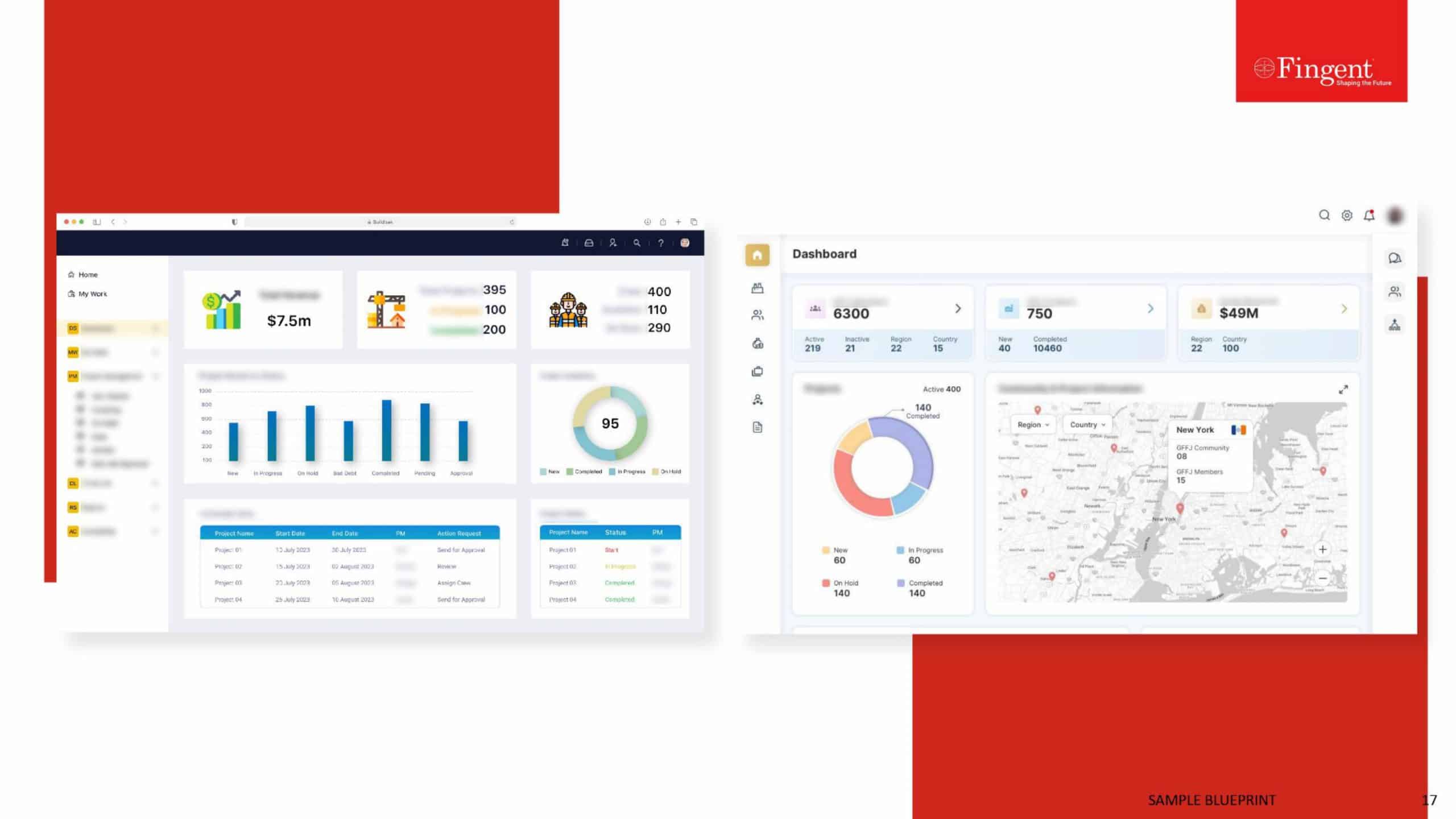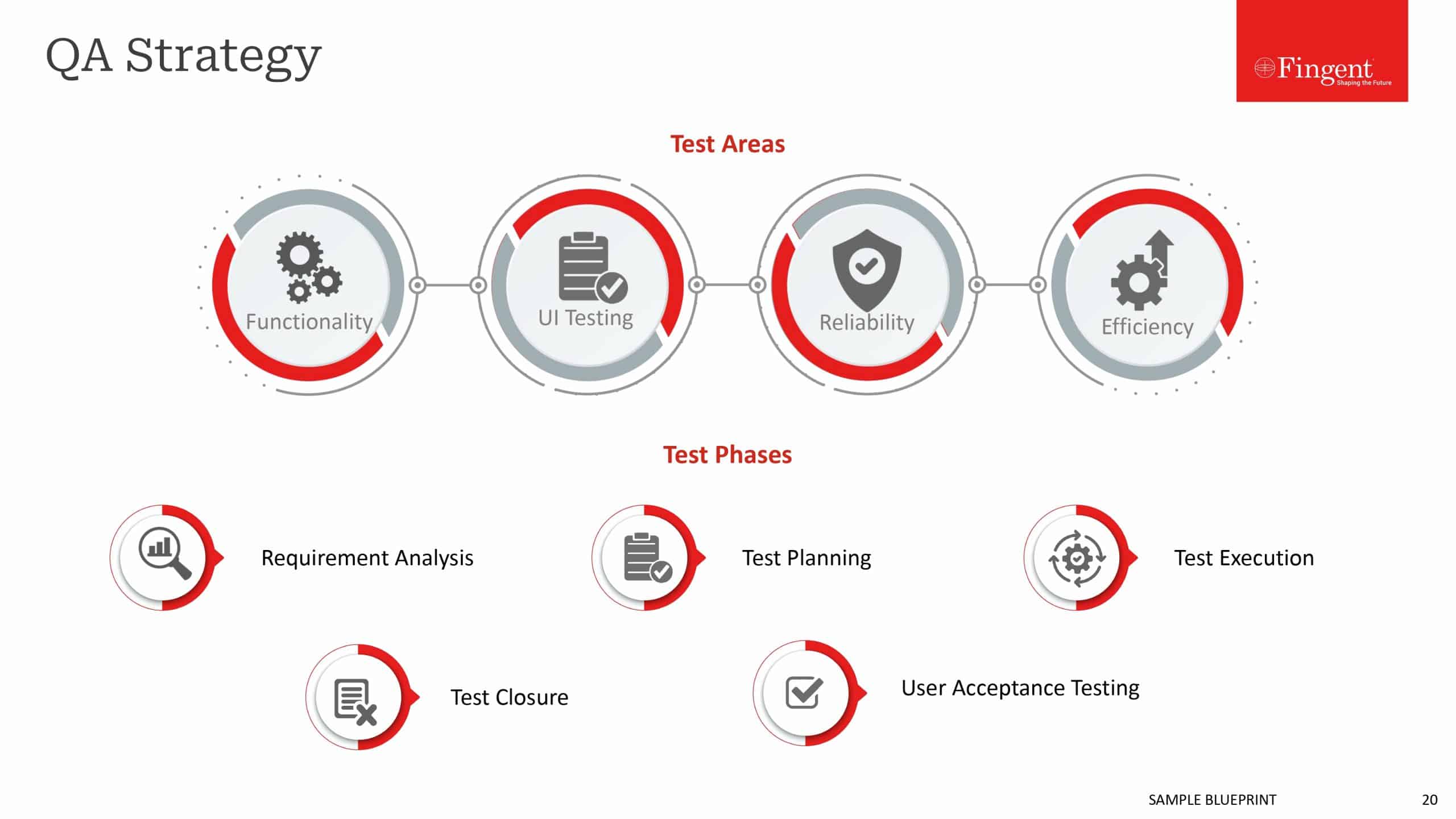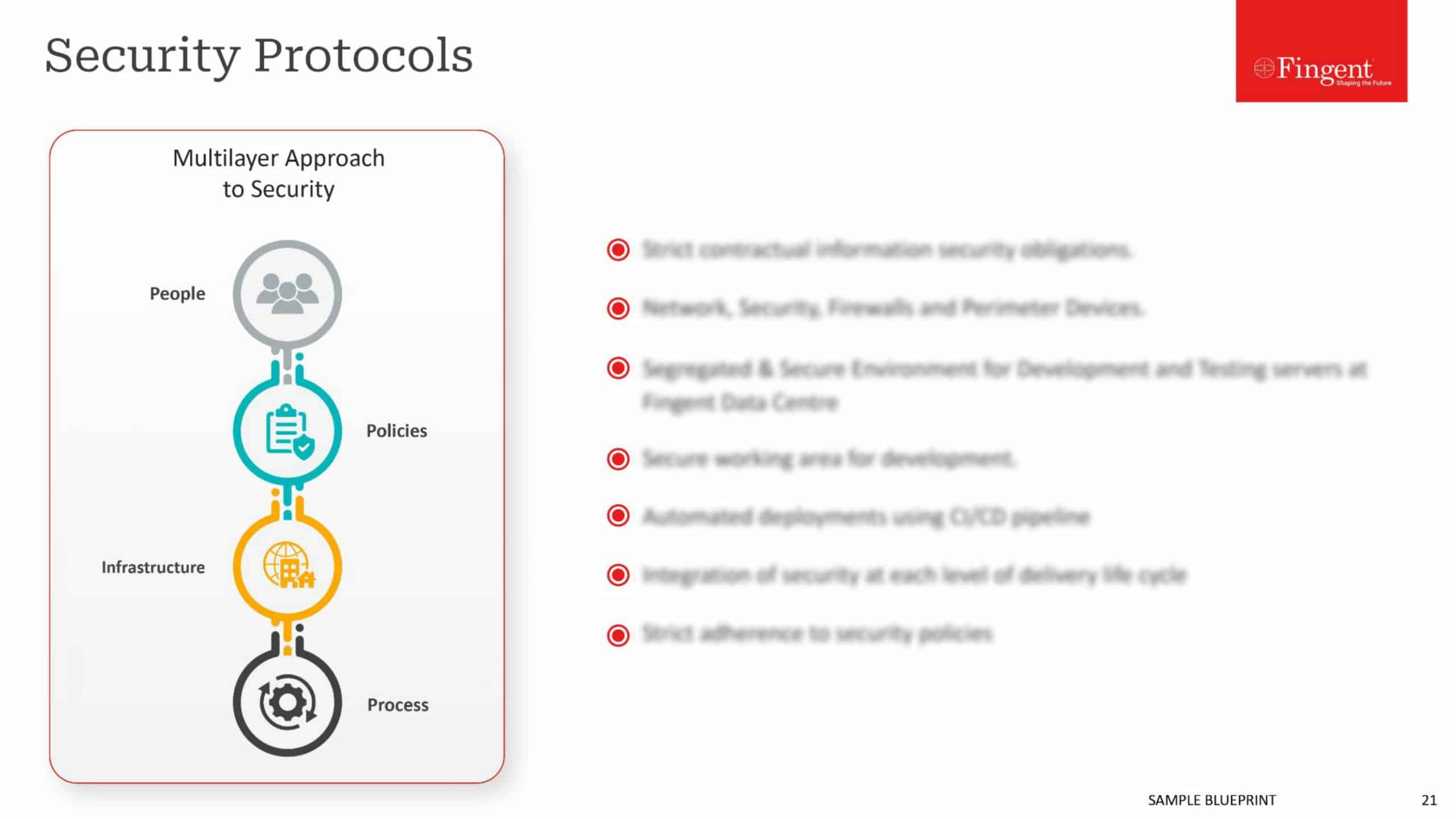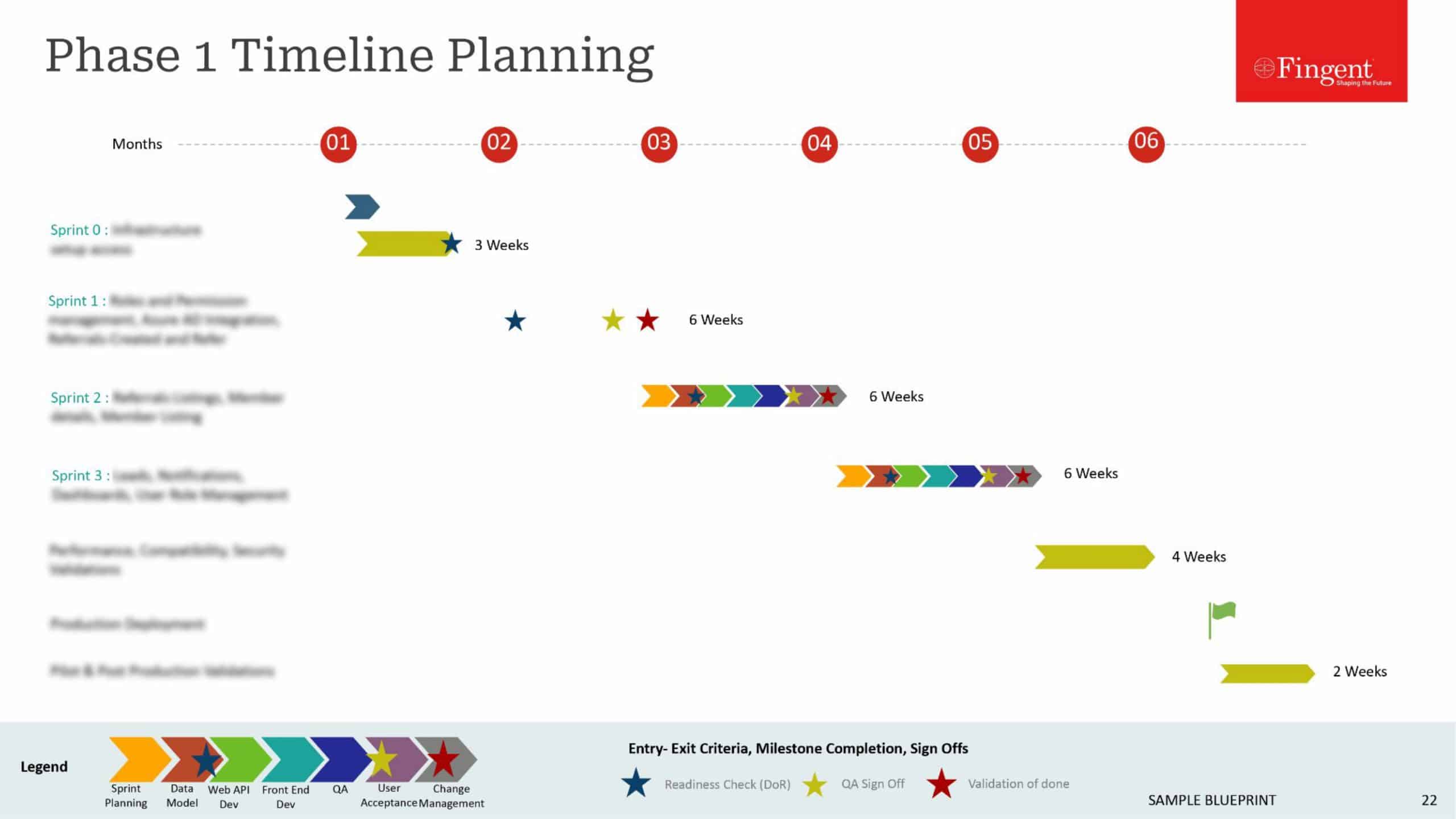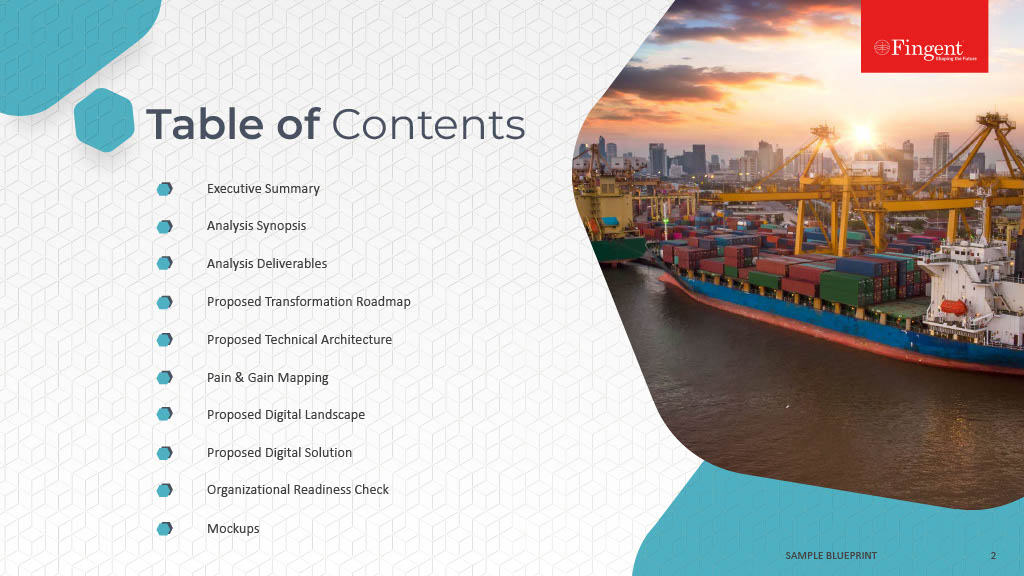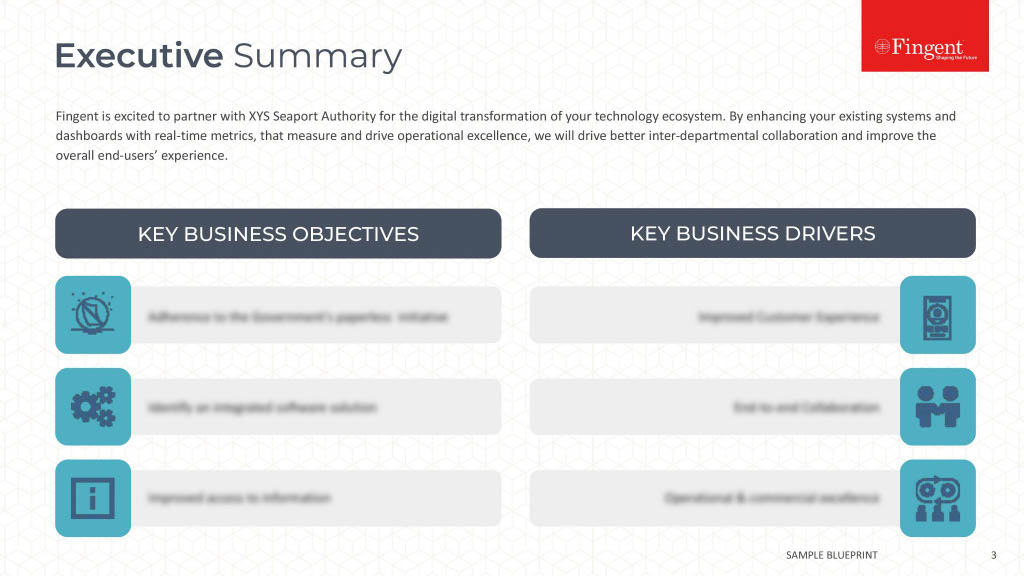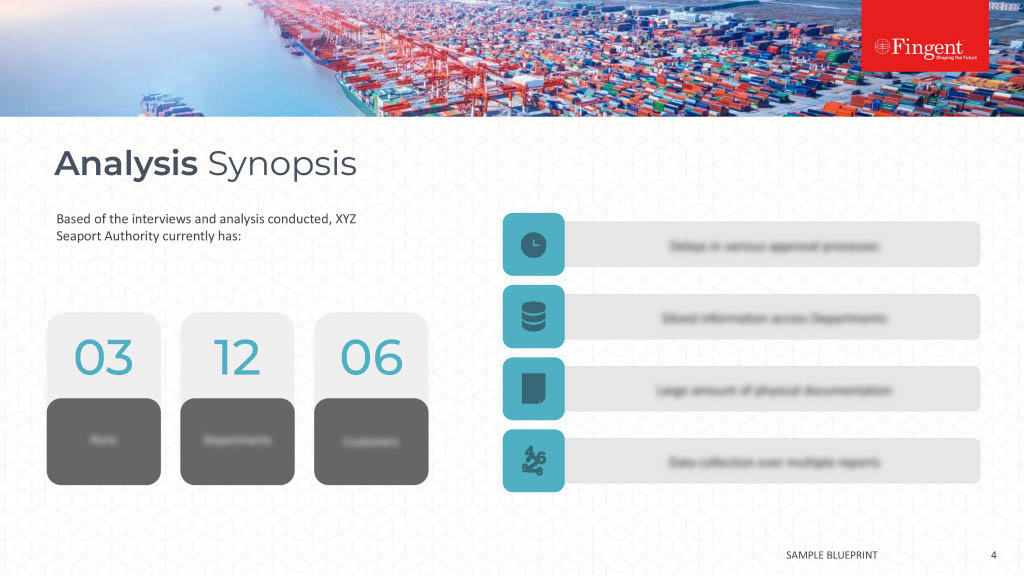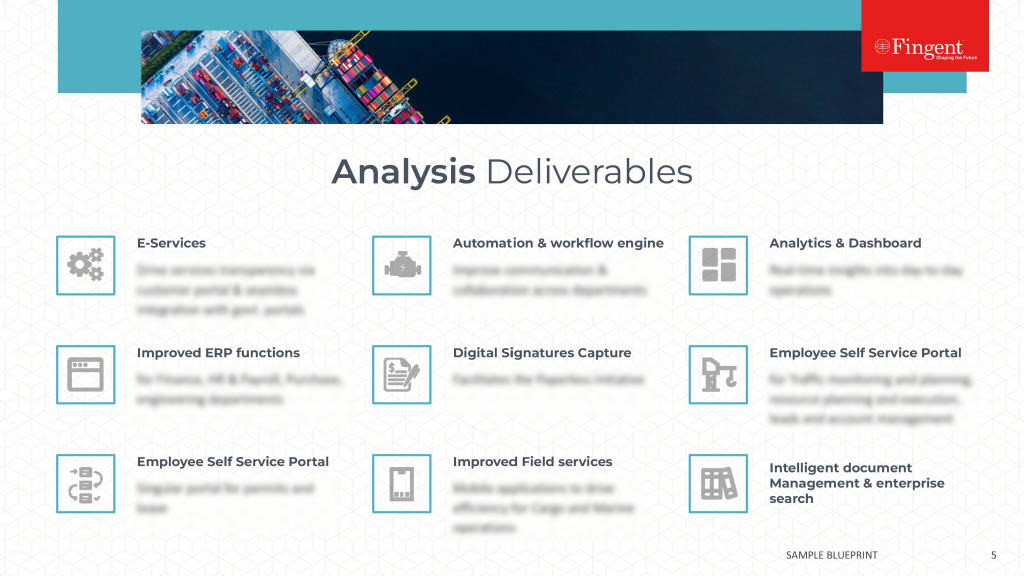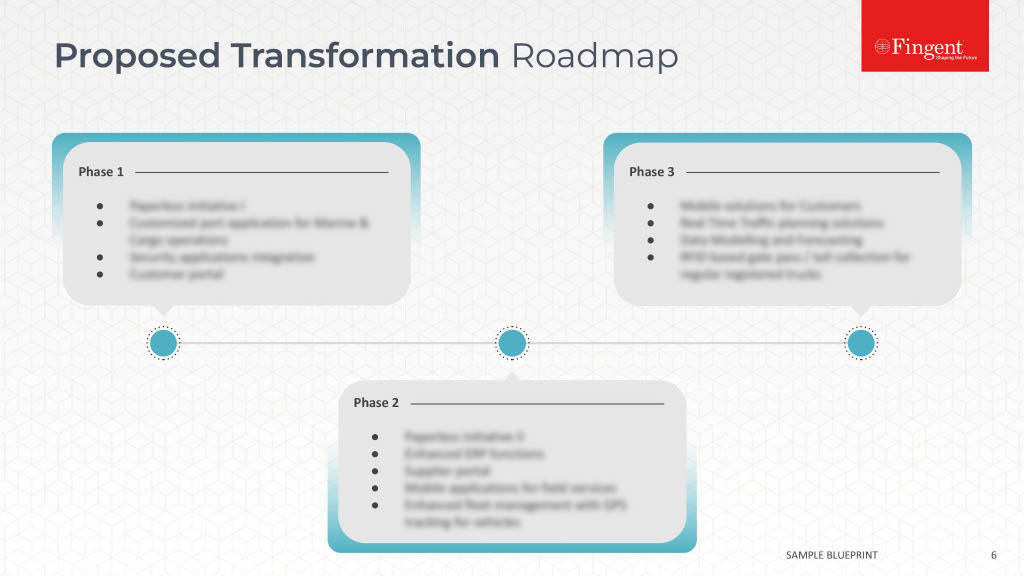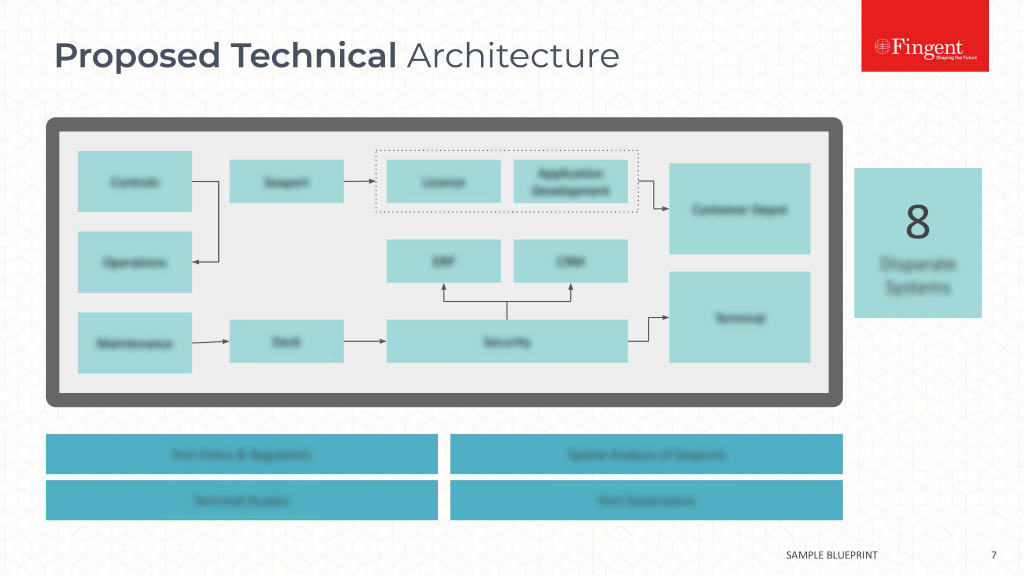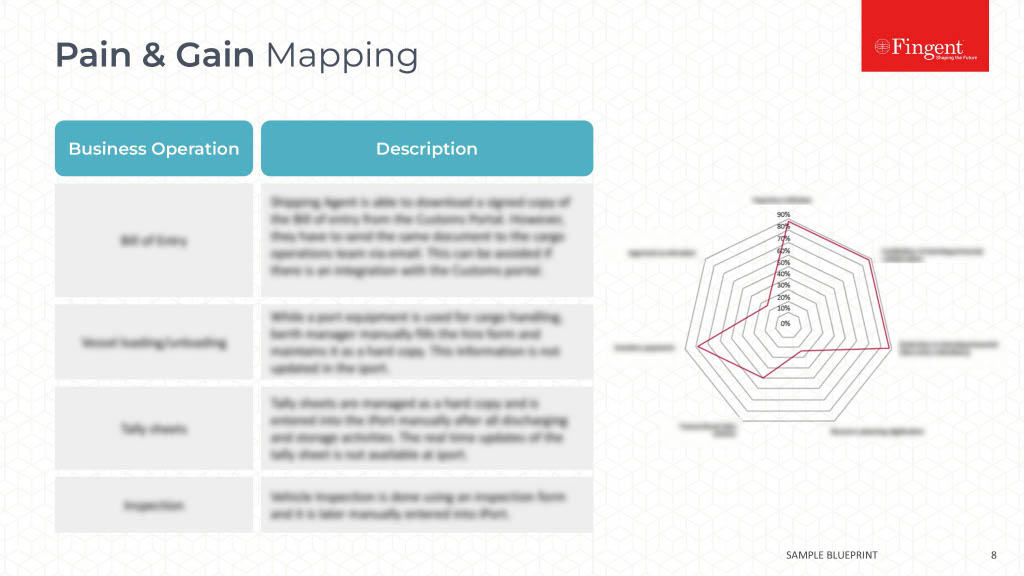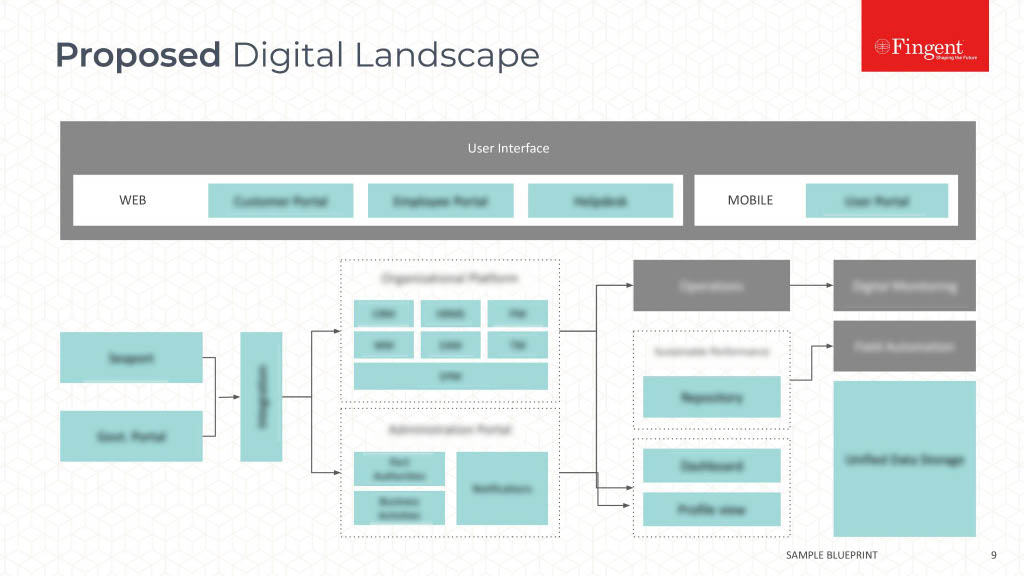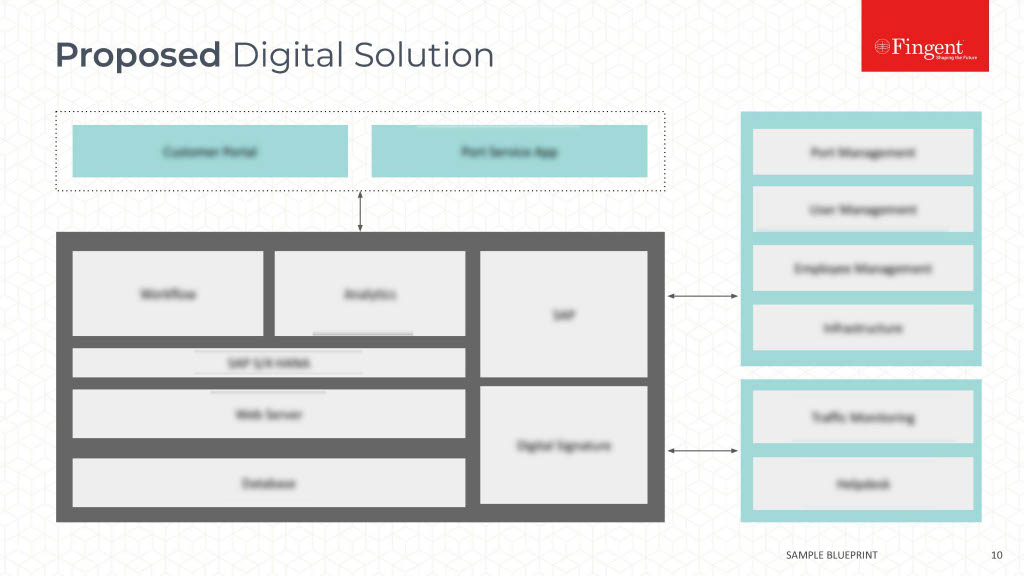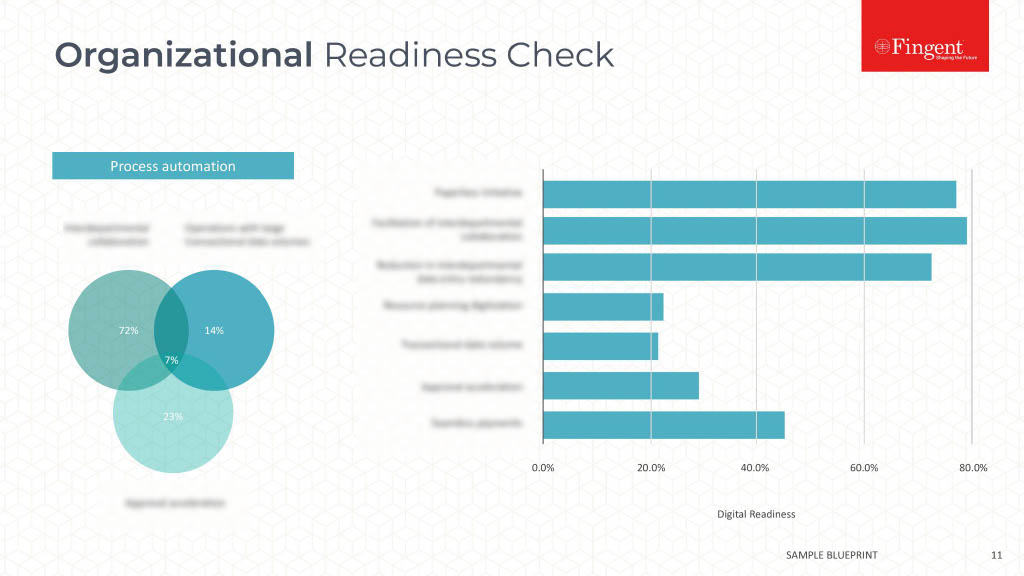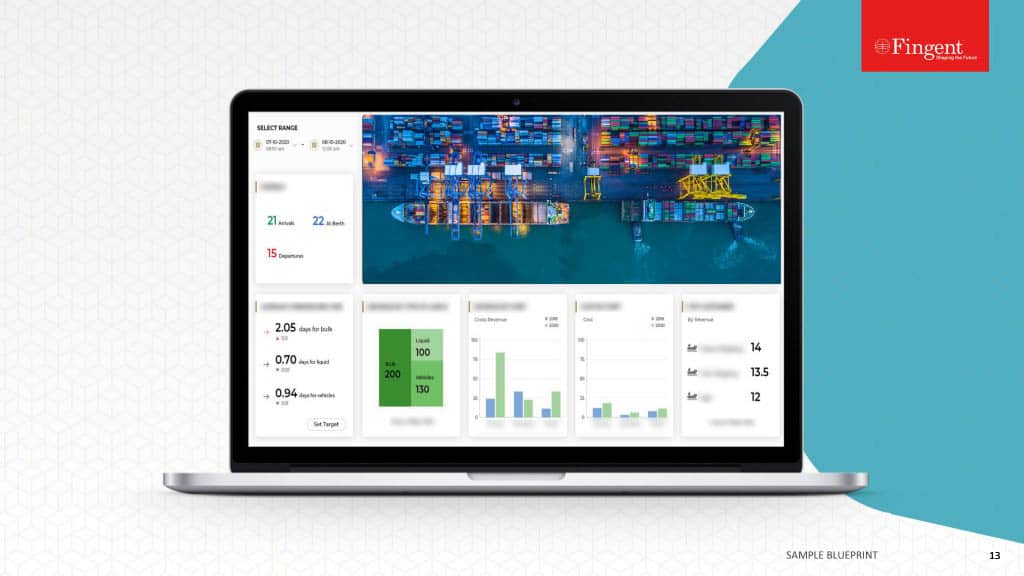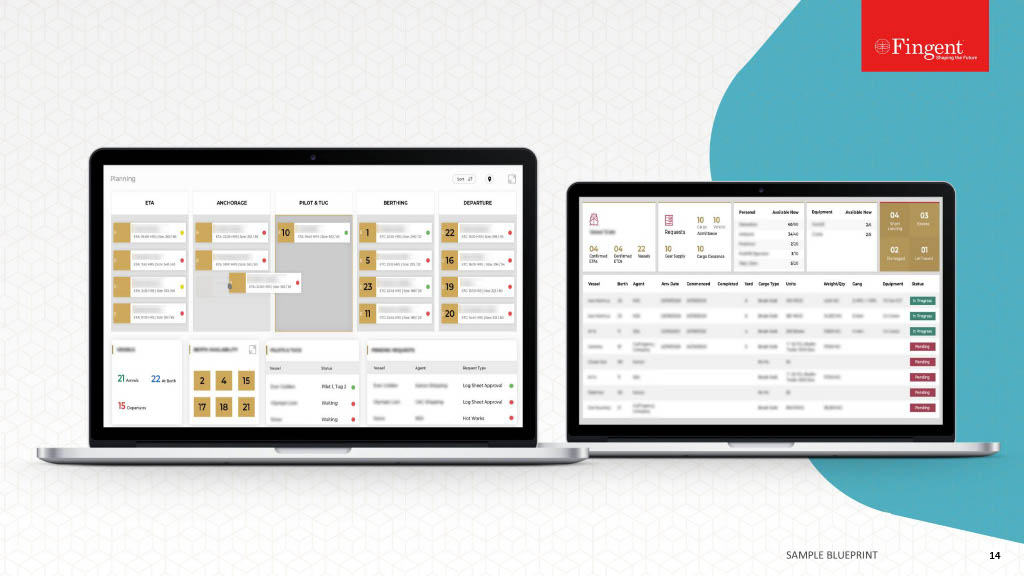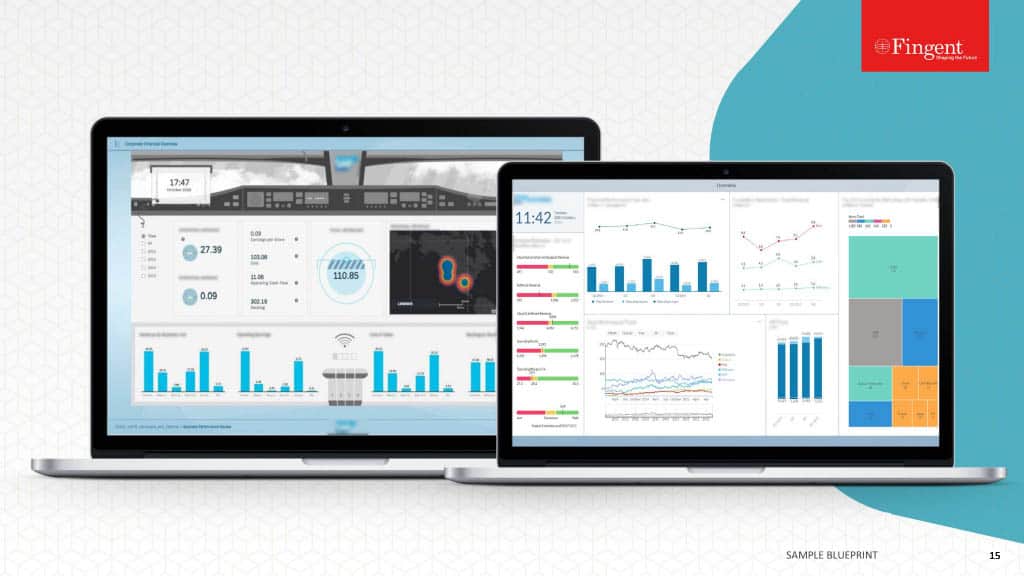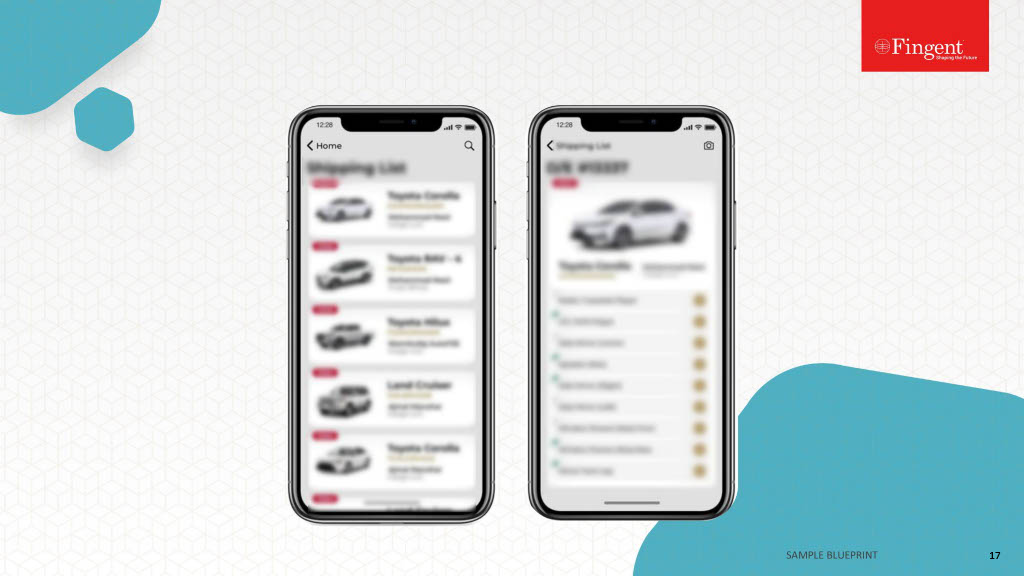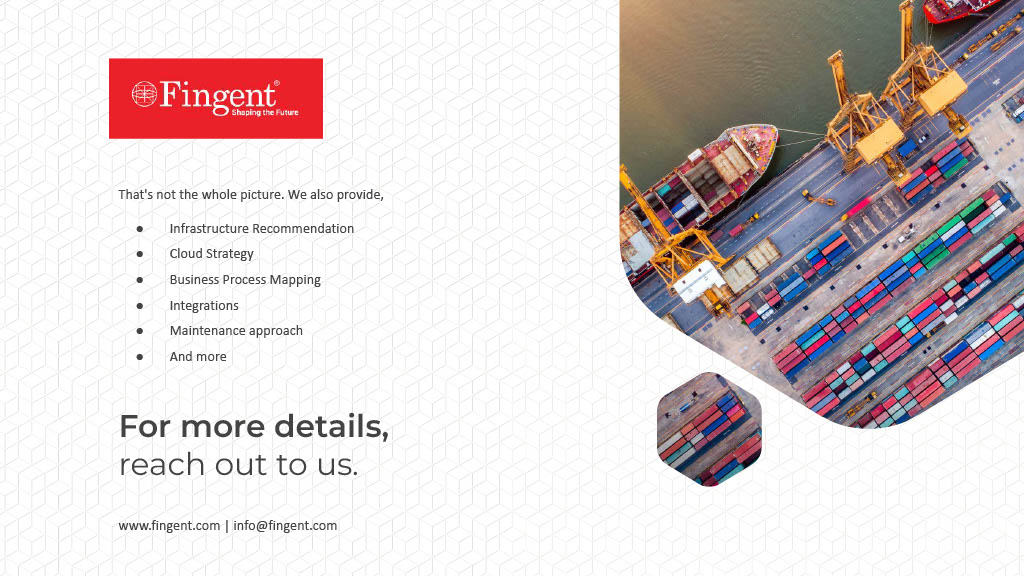Category: Technology
“It’s becoming increasingly clear that AI is the future, and almost everything else is a sideshow.” – World-renowned computer scientist Geoff Hinton
AI has taken over almost every aspect of society. It provides a wide range of benefits that have accelerated its traction in the modern era and caused it to sink its roots deeper into society. Document processing is one of the sectors in management that has stood to benefit the most from artificial intelligence. This article will explain how to make the most of this fortuitous union.
The Use of AI In Document Processing
For years, documents have been manually created on paper or Excel sheets. Data and valuable insights from these documents have also been manually retrieved. Thus, the data approval processes require the physical circulation of files and documents. Dissemination relies on printing or electronic means, making processes more lengthy and strenuous.
Revision and editing are also conducted manually, with adherence to storage protocols for archiving purposes. Compliance and auditing necessitate the completion of reports and paperwork by hand. While these conventional procedures have been the standard practice for some time, they are prone to inefficiencies, lengthy labor hours, and data insecurity.
The use of AI in document processing has completely changed how businesses manage paperwork by providing automation, increased accuracy, and efficiency. AI technologies allow for automatic information extraction, analysis, and classification from documents. Examples of these technologies include machine learning, optical character recognition (OCR), and natural language processing (NLP). These systems help with intelligent decision-making, extract important insights from documents, and classify them.
AI-driven document processing systems minimize mistakes and eliminate the need for human data entry by automatically identifying, extracting, and validating data. AI also improves text comprehension and accessibility by enabling advanced capabilities like sentiment analysis, summarization, and language translation. All things considered, AI in document processing improves productivity, accelerates procedures, and simplifies workflows, all of which significantly benefit businesses in various sectors.
Simplify Business Processes with AI Automation.
Common Challenges in Document Processing
1. Manual Data Entry and Its Limitations
With manual data entry, there is inevitably an element of wasted time and effort. It is a mundane task that can leave employees with a deep sense of stagnation that can directly affect their quality of work. Listed below are some of the major limitations of manual data entry:
- Accuracy: Prone to human mistakes and dependent on the state of the individual inputting.
- Speed and efficiency: Slow and inefficient due to human limitations and the necessity for breaks.
- Costs: Lower start-up expenses but greater long-term employment costs.
- Workflow integration: Additional procedures may be required for integration with digital operations.
2. Error Rates and Data Inconsistencies
Errors frequently occur when manual customs entries are processed. In commerce, much time and money is spent moving data from one document to another, yet mistakes are common. Up to 4% of errors occur during data entry without verification layer processes.
3. Scalability Issues
The root cause of scalability problems in document processing is the inefficiency of human approaches to processing huge amounts of data. Some of the difficulties are processing data slowly, using a lot of resources, being prone to errors, having little flexibility, having compliance issues, and having complicated integration.
4. Compliance And Security Concerns
Manual processing raises the possibility of human error, resulting in data breaches and compliance infractions. Because physical storage doesn’t have strong access restrictions, unauthorized parties might access private data. Furthermore, audit trails suffer from manual operations, which makes it difficult to monitor document handling and guarantee regulatory compliance.
The Transformation With AI: Top Benefits
Artificial intelligence has emerged as a savior that rescues organizations from the clutches of manual document processing. Listed below are some areas that benefit greatly from AI.
1. Efficiency And Cost Savings
AI simplifies many document-processing tasks. It lightens the workload for staff members across many departments, freeing up time for other duties. By automating repetitive tasks, organizations can greatly cut unnecessary costs and enhance their overall efficiency.
Reducing processing time and operational costs is another major benefit of AI in document processing. Automation lowers labor expenses related to hand-processing documents, resulting in considerable cost savings. By reducing human labor, intelligent document processing also reduces the time required for processing. AI technologies save expenses, particularly for organizations that must recruit temporary staff during their busiest seasons.
2. Enhanced Accuracy
Machine learning increases the accuracy of document processing by using OCR (Optical Character Recognition) for adaptive recognition, automating data extraction, and comprehending document context. Errors are found and fixed, and accuracy is continually increased with feedback. By decreasing manual involvement and boosting the effectiveness of collecting insights from documents, machine learning (ML) enables customization for specific demands.
Furthermore, AI reduces human error in document processing by using continuous learning, contextual understanding, automated data extraction, advanced OCR for accurate text recognition, and error detection and repair.
3. Intelligent Decision-Making
IDP provides important insights, analyzes retrieved data, and automates repetitive procedures. As a result, company managers can base their judgments on factual and impartial facts. By acquiring structured data from unstructured documents, finding patterns and correlations, and using natural language processing (NLP) to comprehend the context and sentiment of text, artificial intelligence (AI) in document processing offers data-driven insights and analytics. It promotes rapid comprehension and decision-making by arranging and simplifying documents.
Predictive modeling is another use of AI in document processing. AI models may help with strategic planning by predicting outcomes based on past data. Machine learning algorithms study past document data to find trends and patterns that allow for predicting future events. Thanks to this predictive information, businesses can proactively adjust plans, efficiently manage resources, and take advantage of new opportunities.
4. Customer Satisfaction
Using AI for document processing can help you increase client loyalty. It reduces paperwork mistakes and the average response time. A fast response helps establish solid, reliable connections with consumers. To improve the overall customer experience, AI-powered document processing systems may evaluate consumer data to customize interactions and tailor replies to specific requirements and preferences. Artificial intelligence improves clarity and transparency in client relationships by automatically creating and distributing bespoke documents, such as contracts or invoices, facilitating seamless communication.
AI Document Processing in Action: Use Cases Across Industries
AI has proved to be a game-changer in many industries as it smooths out document processing and achieves time and cost efficiencies.
1. Banking and Financial Services
AI document processing simplifies processes, boosts productivity, and enhances customer experiences—all critical banking and financial services functions. This is how the industry gains from it:
- Loan Processing: AI speeds up loan approvals and cuts down on processing times by automating procedures for document verification, credit scoring, and risk assessment.
- Fraud Detection: Artificial intelligence (AI) systems examine transaction records and patterns to quickly identify fraudulent activity, allowing for early intervention and reducing financial risks.
- Risk management: AI assists in the decision-making processes related to risk management and wealth management services by analyzing financial documents and market data. This helps evaluate risks, forecast market trends, and optimize investment portfolios.
According to a recent survey by the Cambridge Centre for Alternative Finance and the World Economic Forum, 85% of prosperous financial services companies currently use artificial intelligence in some capacity in document processing.
2. Insurance
Insurance operations are revolutionized by AI document processing, which reduces risks, streamlines procedures, and improves customer experiences.
- Claims Processing: AI simplifies claim settlements and shortens processing times by extracting and analyzing important information from documents.
- AI in Policy Underwriting: This process enhances the precision and efficiency of underwriting by analyzing policy papers and client data to identify risks, personalize coverage, and maximize price.
- Risk Assessment: AI examines a variety of documents, including property assessments and medical records, to precisely determine risk factors. This allows insurers to provide specialized coverage and pricing options.
3. Legal Sector
Legal services are changing because AI document processing improves efficiency, streamlines processes, and facilitates better decision-making. According to a Deloitte report, 30% of legal professionals believe AI will transform the delivery of legal services.
- Legal Research: Artificial intelligence (AI)-driven technologies can examine lengthy legal documents, court cases, and precedents to give attorneys relevant information and suggestions, speeding and enhancing the quality of legal research.
- Document Review: Artificial intelligence (AI) reduces the time and effort needed for manual review by automating the extraction of important information, spotting possible risks, and highlighting errors in legal documents, contracts, and agreements.
- Contract Management: AI streamlines and lowers contract administration errors by automating drafting contracts, reviewing, and management processes. It also extracts clauses, tracks obligations, and keeps track of deadlines.
4. Information Technology
AI document processing in information technology is the application of artificial intelligence algorithms to automate the management, analysis, and extraction of data from various types of documents. This technology uses machine learning algorithms, natural language processing (NLP), computer vision, and other artificial intelligence (AI) approaches to comprehend, categorize, and extract useful data from text files, photos, PDFs, spreadsheets, and more.
- Automated code documentation and AI-powered augmented development optimize programmers’ workflows in IT service management augmentation.
- Automated documentation saves effort and assures consistency by creating code explanations automatically. This improves accessibility and knowledge transmission among teams.
- Augmented development uses artificial intelligence for code analysis, optimization, and problem discovery, which speeds up development cycles and improves code quality.
5. Telecommunications
AI document processing in telecoms involves applying artificial intelligence technology to automate numerous document-related operations and boost operational efficiency in the telecom business.
- Chatbots: In telecoms, AI document processing improves customer service chatbots by giving them instant access to information for individualized replies, lowering wait times and increasing efficiency.
- Network Optimization: It also optimizes networks by evaluating performance data to foresee problems, distribute resources efficiently, and plan maintenance, increasing dependability and minimizing downtime.
These applications improve operational efficiency, boost customer happiness, and allow telecom firms to make data-driven decisions for better service delivery.
6. Healthcare
AI document processing in healthcare transforms administrative duties and improves patient care.
- Automated Records Management: AI quickly organizes and pulls data from medical records, improving administrative procedures and lowering human error.
- Diagnostic report analysis: AI examines massive quantities of medical literature and research articles to extract insights that help with medical research, medication discovery, and therapy development.
Custom AI Software Has The Power To Solve Your Unique Problems And Elevate Your Business To New Heights.
How Fingent Can Elevate Your Business with AI
Fingent is one of the biggest IT solution suppliers worldwide, with clients across four continents.
We provide custom AI solutions uniquely tailored to our clients’ needs across all major industries. By creating a custom AI solution, you will own the program forever. You may even sell the technology to third parties. Custom AI software development is the best option for integrating with current software. Under the supervision of our excellent team, integrating your business with existing systems will be a seamless operation. Our AI-powered chatbots employ machine learning algorithms and natural language processing to understand consumer demands and provide the best responses.
From doing software testing and providing excellent customer service to giving product suggestions, we will assist you at every stage of the procedure. To guarantee the finest results for you, we use cutting-edge technologies such as artificial intelligence, natural language processing, and machine learning.
Give us a call, and let’s discuss your needs.
Stay up to date on what's new

Featured Blogs
Stay up to date on
what's new



Talk To Our Experts
Everyone is talking about the new SAP S4HANA Cloud Public Edition! Is it really that big a deal?
The short answer is Yes! The detailed answer is in this blog. Let’s see how exactly this new technology is helping businesses drive efficiency.
What Is The New SAP S/4HANA Cloud Public Edition?
Over the past few years, technology has progressed at a rapid rate. Especially with new integrations of artificial intelligence emerging every few months. From boosting user experience to corporate productivity, making better judgments, and automating business processes. AI is increasingly revolutionizing how businesses function.
To leverage these rising capabilities of AI better, SAP SE enables smart integration of AI, Machine learning, and other emerging technology. SAP SE, the world’s biggest enterprise resource planning software provider, creates enterprise software for managing corporate operations and customer relationships. They often include intelligent capabilities in their products and promise to continue to invest in AI to help enterprises succeed. Their latest unveiling was for the new SAP S/4HANA Cloud Public Edition!
SAP S/4HANA Cloud Public Edition (2402 update) is built on the technological product SAP S/4HANA Cloud. With this new offspring, SAP introduces a new generation of business applications: easy enterprise software for big data and agility. It is also cloud-based and offered as software as a service (SaaS), allowing you to access it from any web browser. SAP S/4HANA Cloud Public Edition’s latest developments enable your entire organization to benefit from cutting-edge user experiences, built-in intelligence, and core ERP capabilities.
According to statistics, More than 75% of all worldwide transactions come into contact with SAP software. Over 400,000 companies in 180 different countries use it. Along with its many perks, SAP has also launched its very own AI-powered co-pilot. Joule, which is available through the SAP Early Adopter Care program, has the potential to reinvent user engagement, improve company processes, and boost productivity. It can provide rapid, contextual access to material and apps. Users can just ask Joule for help and be sent to the proper place.
Enhance Your Business Performance Efficiency with SAP S/4HANA. Discuss Your SAP S/4HANA Migration & Conversion Projects With Us!
How Will the New SAP S/4HANA Cloud Public Edition Benefit Businesses?
The 2402 version improves efficiency across a variety of corporate processes by incorporating AI capabilities. Some examples are:
1. Finance
Enhanced compliance via risk management may enhance transparency and process health, resulting in a more robust compliance framework in your financial operations. This edition allows you to efficiently guide your organization and increase productivity while implementing compliance and risk management tools such as built-in best practices, reporting, and predictive analytics.
SAP Analytics Cloud integrates financial planning with CO2e information, allowing for planning alongside economic sustainability goals. You can slice and dice data in real-time across many dimensions with any level of granularity. It improves cash flow management by using data to address payables, receivables, and cash flow challenges. Ultimately, it offers a unified, comprehensive, and real-time overview that enables you to examine vital metrics in any degree of detail.
2. Sales
The sales order auto-completion feature speeds up sales order formation and processing by making intelligent input field recommendations. It streamlines the order-to-cash process across revenue streams and business models, including physical and digital items, services, subscriptions, projects, and packages.
It also automates invoicing by combining billing and accounting, improving cash flow and revenue recognition accuracy, simplifying accounts receivable, and meeting local standards. Finally, it promotes on-time delivery by identifying and resolving the source of fulfillment difficulties in real time using a full list of delayed sales orders, built-in analytics, and collaboration tools connected with Microsoft Teams.
3. Procurement
SAP 4/HANA Cloud Public Edition allows you to automate procure-to-pay operations and evaluate POs, contracts, invoices, and requisitions at different levels of granularity. You may also improve the effectiveness of buying contracts by implementing approval procedures to assess contract consumption and renewal and negotiating discounts for long-term supplier contracts.
Finally, clearly understanding your suppliers allows you to develop a strong supplier network. You can approve the most trustworthy providers and get the optimal mix to meet business objectives while minimizing risk.
4. Manufacturing and Supply Chain
Integrating SAP S/4HANA Cloud Public Edition and the SAP Integrated Business Planning application can improve production by ensuring operational excellence and seamless integration across all manufacturing processes, including manufacture-to-stock, make-to-order, and engineer-to-order. Automated Material Inspection simplifies material inspection for customer returns, increasing logistical efficiency and flexibility.
You can even track the status of your manufacturing orders in real-time, identify and address challenges, and manage issues like low inventory levels, all of which improve operational efficiency and productivity. The SAP Business Technology Platform (SAP BTP)-based module can automatically match supply and demand, purchase materials, and discover suppliers with the ability to manufacture more. It also has customizable dashboards and reports, allowing you to examine real-time inventories and watch the progress of inbound and outbound deliveries.
5. Professional Service Automation
SAP S/4HANA may fundamentally revolutionize your capacity to manage projects and provide outstanding professional services to your clients. With straightforward and easily available insights, you can make data-driven decisions that boost profitability and accelerate growth.
Project Control: Professional Services, the Projects app, allows you to monitor project health and resolve concerns in real time with simplified finance management. It increases your chances of winning more business by allowing you to bid faster and more accurately. You may increase profitability by applying designs from previous projects with high margins and swiftly identifying resources, services, and work packages.
Smoothly Transit To SAP S/4HANA Cloud Without Disrupting Your Business Continuity.
How Can Fingent Help Leverage SAP’s Rising Capabilities?
The success of your organization is dependent on selecting the appropriate SAP product and using it correctly. Future-proof your organization with our bespoke SAP software solutions, which range from basic ERP to innovative and intelligent solutions.
Fingent is a SAP consulting firm with unparalleled competence in SAP software solutions. As a SAP Silver partner, we provide SAP consulting solutions to businesses worldwide across various sectors. This also means that we are proficient in the latest updates and technology and can help you successfully implement the benefits of SAP S/4HANA Cloud Public Edition.
We provide the necessary S/4HANA skills, experience, and end-to-end services, such as strategic advice on selecting the best S/4HANA migration path for your company. Our seasoned team of professionals is client-centered and transparent, providing comprehensive implementation, integration, and application-managed services on various SAP products.
Call us, and let’s get down to implementing the best solution for you.
Stay up to date on what's new

Featured Blogs
Stay up to date on
what's new



Talk To Our Experts
Enterprise Application Modernization is a critical need in a rapidly evolving digital world.
Application Modernization helps drive smart decisions and efficient processes. It also offers businesses a competitive edge. Organizations achieve many digital transformation goals through modernization projects. Application Modernization may be the only way to overcome handicaps baked into existing software that has become difficult to extend, enhance, or maintain.
This blog will take you through the top benefits of Enterprise Application Modernization and the top trends in application modernization to look out for in 2025. But first, let’s look at what Application Modernization means.
What is Application Modernization?
Application Modernization, also known as legacy modernization, is the process of updating an organization’s software to take advantage of newer frameworks, languages, libraries, and infrastructure. Modernization could involve migrating software to a public, private, or hybrid cloud if a business employs on-premises applications. It frequently means employing cutting-edge technologies like cloud computing, microservices, containers, and artificial intelligence. Market Research Future (MRFR) predicts that the market for Application Modernization services will reach $24.8 billion by 2030, expanding at a 16.8% CAGR from 2022 to 2030.
Wondering if you can modernize your Enterprise Application without disrupting your daily operations? Our experts have got your back!
The Top Benefits of Application Modernization
Application Modernization provides several benefits to companies, including increased efficiency, agility, and competitiveness. Here are some of the principal advantages:
1. Scalability: Modernized apps are more easily scaled to support higher transaction volumes, data sizes, and more users – allowing enterprises to adjust to changing business requirements quickly. Scalability future-proofs applications. Moreover, it is easier to find skilled developers to maintain an application when the software has been modernized.
2. Integration With New Technology: Application Modernization is an opportunity to take advantage of new technologies like Cloud Computing, Microservices, Containerization, and Artificial Intelligence – advances that can extend an application’s capabilities and performance more rapidly or at lower cost.
3. Enhanced Security: Legacy programs may include security flaws, and legacy application modernization enables firms to apply the most recent security protections. This helps to secure sensitive data and lowers the chance of security breaches.
4. Agility And Quicker Time-To-Market: Modernized apps isolate functional elements better. That means code changes have fewer unintended side effects, making the software more flexible and adaptable and enabling businesses to react swiftly to market changes and client needs. This agility helps to accelerate development cycles and reduce time-to-market for new features or products.
5. Competitive Advantage: Organizations that engage in Application Modernization get a competitive advantage by exploiting cutting-edge technology and keeping up with industry developments. This may result in more market share, happier customers, and more favorable placement in the industry.
Read more: Why Top Companies Are Investing in Application Modernization
Top Application Modernization Trends To Lookout For In 2025
There’s no doubt that Enterprise Application Modernization is becoming inevitable. To stay future-ready, modern businesses must stay updated on the latest trends in application modernization. Here’s an attempt to clarify what companies must watch out for this year to stay relevant in the market.
1. AI-Driven Application Modernization
Combining Artificial Intelligence (AI) with Machine Learning (ML) has become an extremely popular trend. Modernized applications use intelligent elements to improve decision-making, automation, and user experiences. Enterprises are utilizing AI to accelerate and enhance modernization, incorporating intelligent code analysis, automated modification, AI-powered testing, and performance optimization.
2. Microservices
Microservices transform the way we develop apps. Instead of having a single large piece of code, it can be divided into smaller portions that can be modified separately. The transition to microservices architecture and API-centric programming enables better flexibility, scalability, and agility. It encourages flexible development, making it easier to update and maintain individual components of an application without impacting the overall system.
3. Low-Code/No-Code Revolution
The growth of low-code and no-code platforms has eased the application-building process by allowing non-developers to construct apps with little coding. There are several platforms that allow non-developers to create applications with minimal coding work. These platforms let app developers employ visual interfaces and pre-built components to speed application delivery, cut development costs, and enable organizations to adapt quickly to changing market needs.
4. DevOps For Security
The DevOps approaches, such as CI/CD pipelines, are increasingly used to modernize applications. DevOps and automation decrease human interference and reduce human mistakes, increasing operational efficiency and lower costs. The correct DevOps consultancy, tools, teams, and skills enable firms to modernize outdated code in accordance with business goals and requirements. By including security principles throughout the DevOps journey, companies ensure that the highest level of security stays at the core of their updated apps, protecting against security risks.
5. Cloud Native Paradigm
Organizations are rapidly embracing cloud-native architectures, which use cloud services and platforms. This trend is anticipated to continue through 2025. Businesses may gain unmatched scalability, flexibility, and resilience by combining cloud services, containers, and management platforms, allowing for seamless app modernization in a cloud-native environment.
6. Blockchain Integration
Blockchain integration will be a major trend in 2025 for safe and transparent data management. This decentralized method eliminates delays, mistakes, and fraud while increasing accountability and transparency. Businesses may improve security and transparency by integrating blockchain technology into their data exchanges. It is frequently used in applications requiring digital currencies, supply chain management, and data security. It’s also useful for applications that require tamper-proof records and secure transactions.
7. Enhanced Security Systems
This trend is becoming increasingly important as regulatory environments get more complex, mandating an intricate approach to compliance. Organizations may protect their apps from illegal access, data breaches, and cyber threats by implementing effective security policies. Multi-factor authentication, encryption, continuous monitoring, and other security features improve the security of updated systems. This approach enables firms to quickly protect sensitive data, foster user confidence, and assure compliance with data protection rules.
Don’t allow legacy systems to sloth your business growth. Plan your App Modernization success journey with us!
Application Modernization with Fingent
Application modernization is a foundational part of a digital transformation effort. But, it can be a daunting task. With the right technology partner, you can tackle it with confidence. Fingent can assemble a project team to deliver the cost-effective approach you need for your modernization effort, from project planning to production rollout. Let’s talk about it.
Stay up to date on what's new

Featured Blogs
Stay up to date on
what's new



Talk To Our Experts
Extended Reality (XR) is not a technological marvel. It’s a force that is reshaping how we interact with the world. This blog will help you discover how XR catalyzes the shifts in customer behavior and market demand. But first, let’s explore what Augmented Reality (AR), Virtual Reality (VR), and Mixed Reality (MR) are.
Join us as we unravel the layers of XR. A fusion that transcends technology and propels us into a realm of possibilities and unique experiences.
Extended Reality (XR): A Fusion of Augmented, Virtual, and Mixed Realities
XR is a versatile umbrella term. It includes a range of immersive technologies. They are changing how we interact with the digital and physical worlds. At its core, XR integrates three primary components: Augmented Reality (AR), Virtual Reality (VR), and Mixed Reality (MR).
- Augmented Reality (AR) – Enhancing Real-world Experiences: AR enriches reality. It overlays digital elements on physical surroundings. This is done through smartphones, smart glasses, or AR headsets.
- Virtual Reality (VR) – Total Immersion in Alternate Realities: VR disconnects users from the physical world. It transports them to synthetic environments using headsets like Oculus Rift or HTC Vive.
- Mixed Reality (MR) – Seamlessly Integrating Real and Digital: MR blends AR and VR, creating a real-time interaction where digital and physical coexist. Devices like Microsoft HoloLens integrate holographic images, bridging the gap between real and virtual realms.
The Evolution of XR: From Novelties to Necessities
Over the years, XR has improved a lot. It has reshaped how we see and interact with the digital world. Initially, XR technologies were perceived as cutting-edge novelties confined to niche applications and experimental projects. But, fast progress and innovation have moved XR into the mainstream. It is widely used in many industries.
One pivotal aspect of this evolution is the distinction between XR and spatial computing. Spatial computing uses spatial mapping and computing to improve interactions in physical spaces. XR covers a broader range of technologies. XR integrates AR, VR, and MR, providing a comprehensive framework for immersive and interactive experiences.
As XR technologies matured, the focus shifted from novelty to practicality. Better hardware, graphics, and advanced sensors made XR apps more realistic and useful. This evolution has facilitated the seamless integration of XR into diverse fields, ranging from healthcare, education, entertainment, and enterprise.
Read More: Augmented Reality in Healthcare
Deliver Revolutionary Customer Experiences with XR Technology
XR: Transforming Customer Behavior and Igniting Business Opportunities
Extended Reality is reshaping customer behaviors and presenting businesses with unprecedented opportunities. The immersive nature of XR technologies has far-reaching effects, as shown below:
1. Enhanced Customer Engagement
XR transforms the customer experience, fostering deeper engagement and interactivity. In retail, for example, AR empowers customers to try products virtually. This reduces uncertainties and bolsters confidence to buy right. This heightened engagement correlates with increased customer satisfaction and loyalty.
2. Personalized Product Experiences
Businesses leverage XR for personalized product interactions. Customers can visualize products in real settings or explore virtual showrooms. This customized approach enriches the shopping process. Businesses can also gain deeper insights into customer preferences.
3. Improved Decision-Making Processes
In the real estate and automotive sectors, XR facilitates decision-making through immersive experiences. Prospective homebuyers can virtually tour properties. Car buyers, meanwhile, can customize and visualize vehicles in intricate detail. This expedites decision-making and enhances the likelihood of successful transactions.
4. Training and Skill Development
XR revolutionizes professional training with VR simulations. Businesses use realistic scenarios to build employee skills. This leads to better performance and lower training costs, making them more efficient.
Medical Simulation Training: XR is used in medical training for simulations. It lets healthcare pros practice surgeries and procedures in a virtual world. This addresses challenges related to limited access to real-life scenarios, enhancing practical skills, and reducing the learning curve.
In industries like manufacturing and construction, XR is used for training. It is for training on complex machinery and equipment. According to a PwC study, using AR/VR devices lets employees train four times faster. This led to a 275% increase in their confidence. AR/VR training emerges as a powerful approach. It substantially minimizes training duration and also helps eliminate training accidents.
5. Opening New Avenues in E-commerce
XR is reshaping e-commerce with AR try-on features and VR-enhanced virtual shopping. This evolution improves online retail, leading to higher conversion and lower returns.
AR Try-Ons in Fashion: E-commerce platforms integrate AR for virtual try-on experiences in the fashion industry. Customers can try on clothing and accessories with their smartphones. This solves challenges related to being unable to try items before buying. This enhances the online shopping experience and reduces return rates.
VR-Enhanced Virtual Shopping: XR technologies, particularly VR, create immersive virtual shopping environments. Customers can explore products in 3D. This addresses challenges from the lack of physical interaction in online shopping. This provides a more engaging and interactive experience, increasing conversion rates.
AR try-on technology in clothing retail boosts Average Order Values (AOVs). It also encourages repeat purchases. According to Threekit, 71% of consumers say they will shop more with AR in their customer journey.
6. Streamlining Product Design and Configuration
XR streamlines processes. These processes are critical for product design in industries like automotive and manufacturing. XR facilitates virtual prototyping in the automotive industry. Designers can create and change 3D vehicle models. This streamlines the design process and addresses challenges related to the cost and time of physical prototyping. It leads to more efficient and cost-effective design changes.
Discover Transformative Business Opportunities & Innovations with Extended Reality
Fingent’s Guide to XR Triumph
Elevate your enterprise to new heights with Fingent’s unparalleled expertise in Extended Reality. Our tailored XR solutions redefine training, customer engagement, and product design processes. We specialize in creating immersive simulations for efficient employee training. Fingent crafts AR/VR apps that enhance customer experiences. We also streamline product design with virtual prototyping and 3D modeling. Seamless integration into existing systems ensures minimal disruption. While continuous support and optimization keep your enterprise at the forefront of innovation. Transform possibilities into reality with Fingent as your strategic XR partner.
Ready to embark on a journey of enhanced success?
Witness the transformative power of XR reshaping your enterprise’s training programs, customer interactions, and product design processes. Let’s redefine success together!
Stay up to date on what's new

Featured Blogs
Stay up to date on
what's new



Talk To Our Experts
It is surprising to see how much technology has evolved and the great impact that Artificial Intelligence has on this dramatic growth. During times of great evolution, it becomes vital to swiftly adapt to the change. Otherwise, you will find yourself lost in a sea of unfamiliarity.
Today, we see the practical application of AI in almost every realm. From solving real-world problems to achieving specific goals, AI is utilized in both general applications and business-specific applications. The rising capabilities of AI are allowing industries to embark on new horizons with quick data analysis and predictions, automated processes, improved efficiency, personalized experiences, and enhanced decision-making skills. And with Applied AI, these opportunities widen further. Applied AI leverages both software applications and machine learning to deliver high value in addressing practical challenges.
“I am telling you, the world’s first ‘trillionaires’ are going to come from somebody who masters AI and all its derivatives and applies it in ways we never thought of.” – Mark Cuban.
This blog will guide you through the business benefits of utilizing Applied AI.
What Is Artificial Intelligence?
Before we dive into what Applied Artificial Intelligence is and how it can help businesses prosper, let us first familiarize ourselves with AI.
Artificial intelligence (AI), a broad field of computer science, aims to create intelligent machines that can carry out tasks that normally call for human cognition.
Today, AI technology is used on approximately 77% of devices!
Artificial Intelligence is bringing about a paradigm shift in almost every area of the tech industry using a variety of techniques, particularly with regard to advances in machine learning and deep learning. It is having a growing impact on all industries, including healthcare, automotive, agriculture, hospitality, manufacturing, and education. Organizations are using this technology to become more efficient, cut expenses, enhance customer satisfaction, raise sales, and obtain a competitive edge in the market.
What Is Applied Artificial Intelligence?
Now that we have a base-level understanding of Artificial Intelligence let’s explore the world of Applied Artificial Intelligence.
Artificial intelligence (AI) that is applied to real-world situations allows computers and robots with computer control to perform activities that are currently only possible in lab settings. Advanced information processing, or “applied AI,” tries to create commercially viable “smart” systems, such as stock trading and “expert” medical diagnosis systems. In addition to changing how we interact with everything around us, applied Artificial Intelligence is contextualizing business models and industry processes.
As more companies begin to realize the potential of applied Artificial Intelligence, it’s becoming apparent that this is the way of the future. Applied artificial intelligence (AI) is quickly rising to the top of the global technology demand curve due to its capacity to automate mundane tasks, lower operating costs, and produce more robust and accurate data.
By applying AI techniques to solve real-world issues, including deep learning, computer vision, machine learning, and natural language processing (NLP), Applied AI systems function in actual settings and do jobs that would normally call for human assistance or knowledge. Although this application of Artificial Intelligence is relatively new, it is predicted to segue into routine business functions and dramatically improve them.
Ready To Transform Your Business Operations with AI?
How Is Applied AI Different From Regular Artificial Intelligence Applications?
Applied Artificial Intelligence is the practical application of Artificial Intelligence technologies to solve particular problems or carry out specific tasks, whereas Artificial Intelligence applications refer to specific software programs or systems that make use of AI techniques to perform tasks or functions. Applied AI entails applying AI theories, models, and algorithms to practical situations in order to produce observable results.
In contrast to conventional Artificial Intelligence technology, Applied AI operates well without an extensive amount of data. This makes it more accurate and efficient since it can operate with less data. Additionally, the AI can adjust without the need for manual coding or a protracted learning curve.
Moreover, applied AI is distinct from other Artificial Intelligence applications in that it integrates deep learning, robotics, computer vision, machine learning, and natural language processing to facilitate automated decision-making. Rather than depending on just one technology, this mix enables the AI to process more data and come to better conclusions. Applied AI is also flexible enough to be utilized in more dynamic scenarios because it can adjust to shifting environments and conditions.
How Can Businesses Benefit From Applied Artificial Intelligence?
Businesses benefit from Applied AI in a variety of ways, including enhanced efficiency and accuracy, cost savings, and better decision-making. According to MIT Sloan statistics on artificial intelligence, 75% of senior executives think that AI will help their company expand and gain a competitive advantage. Here are some of the primary advantages of Applied AI:
- Decisions Made Quickly: Applied AI reduces errors and predicts outcomes by allowing computers to make “human-like” decisions. This results in enhanced smart device systems and end-to-end process automation.
- Human Touch In Technology: Applied AI reduces the effects of human bias, model mistakes, and ethical issues by fusing computer power with a human touch.
- Enhanced Productivity And Efficiency: Applied AI saves time and money by increasing productivity and efficiency.
- Automation: It increases production by automating laborious procedures, freeing up workers for more important work.
- Increased Revenue: By using machine learning and adaptability, applied artificial intelligence (AI) can detect and resolve complicated business problems, enhancing profitability.
Know The AI Trends Transforming Businesses In 2024
Applications Of Applied AI
Global business executives agree that Artificial Intelligence and Machine Learning are the main forces behind the Industry 4.0 revolution. Artificial intelligence has been estimated to increase global GDP by 14%, or 15.7 trillion dollars, by 2030.
Let’s delve deeper into specific use cases of Applied AI within various industries to highlight its practical applications:
1. Medical Care
- Disease Prediction and Prevention: Artificial Intelligence algorithms are able to evaluate patient data and forecast the chance of developing conditions like cardiac disease or diabetes. This allows for proactive preventative treatments.
- Remote Patient Monitoring: AI-enabled gadgets can keep an eye on patients’ health from a distance and notify medical professionals of any irregularities.
2. Finance
- Robo-Advisors: AI-powered robo-advisors offer individualized investment guidance according to each client’s financial objectives and risk tolerance.
- Fraud Detection and Prevention: Artificial intelligence systems examine transaction patterns to immediately identify and stop fraudulent activity.
3. Retail
- Dynamic Pricing: Artificial Intelligence adjusts prices in response to market conditions, rival prices, and demand.
- Visual Search: Customers can find products by submitting photographs, due to AI’s ability to enable visual search capabilities.
Read More: AI in Retail
4. Production
- Predictive maintenance: Artificial Intelligence lowers downtime and maintenance costs by using artificial intelligence to forecast when equipment is likely to break down.
- Quality Inspection: Highly accurate computer vision systems using artificial intelligence (AI) scan products for flaws.
5. Education
- Personalized Learning Plans: Artificial Intelligence modifies the curriculum to fit each student’s needs by customizing instructional content to fit their unique learning preferences.
- Automated Tutoring: AI helps students learn outside of the classroom by offering them individualized tutoring and feedback.
6. Autonomous Vehicles
- Path Planning: AI systems determine the best paths for self-driving cars while taking safety and traffic patterns into account.
- Object Recognition: Artificial Intelligence gives cars the ability to identify and react to objects and impediments in their surroundings.
7. Cyber Security
- Behavioral Analysis: Artificial Intelligence keeps an eye on user behavior, looking for deviations that might point to a security risk.
- Automated Threat Response: By reducing the impact of attacks, AI automates the response to cyber security problems.
8. Human Resources
- Resume screening: With this feature, AI assists by matching job prospects with specific specifications.
- Employee Sentiment Analysis: To determine job happiness, AI examines employee sentiment and feedback.
9. Energy
- Energy Consumption Forecasting: Utility firms can optimize energy production and distribution by using artificial intelligence to estimate energy demand.
- Smart Grid Optimization: Artificial Intelligence enhances the efficiency of smart grids by adjusting energy supply and demand in real time.
10. Marketing
- Customer Segmentation: To create segments for focused marketing efforts, artificial intelligence (AI) examines consumer behavior.
- Chatbot marketing: AI-driven chatbots converse with clients, respond to their questions, and help suggest products.
What Are The Future Implications Of Applied Artificial Intelligence?
Applied AI has the power to completely change how companies use technology and conduct business. Autonomous vehicles, for example, can sense obstacles, make decisions, and react rapidly. Who knew that such a thing was possible! Artificial intelligence makes the future seem closer and encourages us to sprint faster towards it.
Did You know? The CAGR for the AI industry is predicted to be 36.8% between 2023 and 2030.
As AI-powered virtual assistants continue to improve their comprehension and responsiveness to human orders and questions, it is also likely that their popularity will only grow. With the ability to do things like order groceries and make travel reservations, Artificial Intelligence may eventually become a crucial part of our everyday lives. AI can also be utilized to create intelligent security systems that recognize possible dangers and act on their own to avert them.
The future of applied AI is extremely exciting and full of opportunities. Here are a few significant elements of its future:
- Autonomous Systems: The development of autonomous systems, such as drones, robotic assistants, and self-driving cars, will be fueled by applied artificial intelligence (AI) and will improve productivity and safety in a variety of sectors.
- Medical Revolution: Artificial Intelligence will be crucial in enabling telemedicine, tailored treatment regimens, and early disease identification, all of which will lead to better patient outcomes.
- Personalization: By adapting content and services to individual tastes, applied AI will result in increasingly personalized experiences in e-commerce, entertainment, education, and other fields.
- Environmental Sustainability: Artificial Intelligence will definitely help with environmental data management and monitoring, which will make it simpler to monitor and handle issues with pollution, climate change, and resource management.
- Ethical AI: To ensure the impartial and equitable application of AI technology, ethical issues and responsible AI practices will become increasingly important as AI becomes more integrated into society.
Lastly, it will be essential to use AI-based analytics tools to comprehend consumer behavior and forecast future trends. Companies may enhance their marketing strategies, find new business prospects, and improve their product offerings by utilizing AI-driven insights. All things considered, there are a plethora of uses for Applied AI, which may significantly alter our way of life in the future.
Wondering How AI Can Boost Performance Efficiency in Your Industry?
Stepping Into The Future With AI
In today’s world, it’s not enough to grasp a computer language, comprehend the many AI application fields, or have theoretical knowledge of machine learning and deep learning methods.
To become a part of Applied AI, you must first integrate all of this knowledge because separate knowledge is useless. After learning about the various facets of Applied AI, a person can decide to delve deeper into a specific area, such as robotics, computer vision, machine learning for predictions, self-driving cars, natural language processing, etc. Now this may seem daunting, but finding a reliable tech partner for your business will eliminate all of this and help you go straight into the mindboggling benefits of Applied AI.
How Can Fingent Help?
Fingent is an expert in AI technology and has provided tailored solutions to businesses all over the world. With expertise in Machine Learning, Robotic Process Automation, Natural Language Processing, Speech Recognition, and more, we employ cutting-edge technology to ensure the best outcomes for you. In addition to their extensive knowledge and willingness to assist, our professionals also offer post-installation services, so we are with you all the way.
Applied AI provides an effective and affordable means of putting the newest technological developments into practice for your business. Don’t stay on the fence about this; give us a call, and let’s get the ball rolling.
Stay up to date on what's new

Featured Blogs
Stay up to date on
what's new



Talk To Our Experts
The world of technology is evolving at a fast pace, with newly emerging advanced applications almost every day. With the significant growth of technology, we can also witness the transition of companies from legacy systems to modern systems. That is what gives your business true agility.
Application modernization assists companies in eliminating needless operating costs, lowering capital expenditures, and freeing up workers to pursue new initiatives and revenue-generating plans. In this article, we will look at what modernizing your system application looks like and how it can benefit your company’s growth and success.
“In Today’s era of volatility, there is no other way but to re-invent. The only sustainable advantage you can have over others is agility, that’s it. Because nothing else is sustainable, everything else you create, somebody else will replicate.” — Jeff Bezos, Founder, Amazon.
What Is Application Modernization?
In simple words, it is the practice of updating old software systems, also known as legacy systems, in order to retain the memory data but still benefit from the new framework. It is like renovating a house. Rather than discarding the older system, we can give it a good remodel and enhance its efficiency.
The global application modernization services market was valued at USD 11838.15 million in 2021 and is predicted to grow at a CAGR of 14.31% over the forecast period, reaching USD 26405.06 million by 2027. For many businesses, this entails re-programming existing legacy workloads onto current cloud-based platforms or splitting monolithic software into smaller components, such as microservices, and then programming these microservices.
Why Has It Become Essential?
The main and most obvious reason for application modernization is to enhance efficiency, which will in turn give the company a better stand in this immensely competitive industry. Modernizing apps may help businesses take advantage of new technology and streamline processes among other things.
Remember that there is an unseen cost in trying to make do with legacy software. Outdated software can reduce productivity, stifle expansion, and degrade the customer experience. On the other hand, a strong application modernization plan will also lower the resources needed to run an application, enhance the frequency and dependability of deployments, and improve uptime and resilience.
Top Benefits
Listed below are the top benefits you can experience by modernizing your system software:
1. Improved efficiency
Modernizing applications enables organizations to simplify processes, minimize layoffs, and automate repetitive procedures, resulting in higher productivity and resource utilization. App modernization also helps to maintain a variety of existing procedures, ensuring company continuity. According to IBM, upgrading legacy systems can increase developer productivity by up to 40%.
2. Cost benefits
You will cut expenses, improve dependability, and boost consumer confidence, and also position your organization to seize new possibilities faster. According to Intel, recent research found that when organizations lower their technical debt load by updating their legacy app portfolio, they get immediate savings of 32% of their IT expenditure.
3. Scalability
Modernized applications are often built to be more scalable, making it simpler to handle growing workloads and respond to changes in user demand. This is critical for businesses as they expand and need to support a larger user base or more sophisticated processes.
4. Flexibility
The flexibility of a business goes hand-in-hand with its ability to scale from smaller user bases to larger user bases. It can also be seen from the perspective that with advanced technology as your backbone, your company is more flexible to adaptations, upgrades, and changes in general. Agility is a product of flexibility and the best example for this is how Pinterest grew its user base from 50,000 to 17 million in only nine months by moving its processing and storage to Amazon Web Services.
5. User experience
For any organization, customer experience is the topmost priority. Giving your users what they want and keeping them satisfied is the main goal. Modernized programs frequently have more user-friendly interfaces, enhanced navigation, and responsive design. This improves the user experience and helps to retain consumers, perhaps leading to higher customer satisfaction and loyalty
6. Integration capabilities
Modernized applications provide for easier integration with other systems and third-party services. This is critical for businesses trying to establish a unified digital environment in which data and processes flow seamlessly between apps and platforms. As applications migrate to the cloud, the ability to link them to databases and other resources becomes critical in generating cost savings and enhanced creativity.
7. Competitive edge
Ultimately as mentioned above, the main goal is a competitive edge, a winning chance, a head- start in the race. Modernized apps may help businesses remain ahead of the competition by allowing them to offer new features, deliver faster updates, and adapt to market changes more efficiently. By offering unique, quick-to-market applications, your company may better adapt to new market possibilities, increase efficiency, and engage consumers. According to IDC research, companies that engage in modern application development processes get 51% faster time-to-market and 41% more frequent distributions of software than those who do not.
Don’t Let Your Legacy Applications Sloth Your Business Growth. Plan Your Application Modernization Project Today!
Identifying When Your Company Needs Application Modernization
Identifying when your company’s systems require modernization is critical for staying competitive, increasing productivity, and ensuring long-term success. Here are some significant indicators that it is time to explore application modernization:
- Performance Problems: Recurrent problems with your applications, including sluggish response times, system failures, or blackouts, may be a sign that they are not able to handle the current workload.
- Security Vulnerabilities: Security risks are more likely to affect legacy systems. Your company is vulnerable to data breaches and cyberattacks if your apps do not have the latest security features and upgrades.
- Lack of flexibility and scalability: Your organization’s growth may be hindered if your present applications are not flexible and scalable enough to meet changing business requirements or rising workloads. In order to adapt to changing requirements, modern applications are made to be more scalable and adaptable.
- Difficulty in Integration: Data flow and cooperation may be hampered if your applications are difficult to integrate with other systems in your company or with outside partners.
- Inadequate user experience: A poor user experience can result in customer and staff dissatisfaction. Your applications could benefit from modernization if they lack features that improve usability or have an outdated user interface.
The Best Strategies For Application Modernization
Application modernization is a complex process that requires severe attention to details. It’s often beneficial to work with a cross-functional team and involve key stakeholders throughout the modernization journey. Here are a few of the best strategies to adopt while modernizing your system software application:
- Automation Is Key: Modernization teams are frequently stuck with manual methods that do not scale across a complete application estate. Thus, adding intelligent automation, AI, and data science to modernization and developing a repeatable pipeline for refactoring are critical.
- Define business Goals: An application modernization evaluation begins by defining which business goals the company wants to achieve through modernization. Common corporate motivations driving app modernization include cost savings, performance enhancement, enhanced security, and simplified management.
- Deep Application Observation: To modernize an existing monolith, deep observation is required in addition to basic static code analysis. This includes deeper domain-driven behavior analysis and continuously tracking dependency interactions.
- User Training and Change Management: Make investments in these areas to help end users move smoothly. Emphasize the advantages of modernization initiatives and offer assistance throughout the adoption process.
- Frequent Updating and Maintenance: The process of modernization never ends. To ensure that programs stay up-to-date with changing business requirements and technology changes, schedule frequent upgrades and maintenance.
How Can Fingent Help?
Leveraging app modernization to improve efficiency is a challenging task, but worry not because a competent development solution like Fingent can accomplish it with ease. At Fingent, our team of professionals can implement cutting-edge technology such as cloud-native solutions, artificial intelligence, and machine learning software in your organization. With satisfied customers worldwide, we provide tailored service and support to fit your company’s needs, with the flexibility to scale as needed.
Contact us to learn more about how we can help!
Stay up to date on what's new

Featured Blogs
Stay up to date on
what's new



Talk To Our Experts
Cost, Compliance, Efficiency, and Manpower – These are the pillars on which a fleet management business stands. A compromise on any of these can mean the whole business topples with a resounding crash.
How can you ensure the stability of these pillars? Custom Fleet Management Software brings you the solution. Let us find out how.
Fleet Management and Technology
Before we dive into the many valid reasons why every successful company should have its own personalized fleet management software, let us first familiarize ourselves with what fleet management is.
Fleet management is a service that helps businesses that rely on transportation remove or limit the risks associated with vehicle investment, enhance efficiency and productivity, and decrease total transportation and labor expenses. While most typically used for vehicle tracking, fleet management also involves monitoring and documenting mechanical problems and driver behavior.
In addition to a 12% increase in fleet management technology usage between 2019 and 2020, forecasts indicate that the fleet management market was valued at $25.5 billion in 2022 and might grow to $52.4 billion by 2027.
Fleet efficiency is by far the most important and game-changing aspect of fleet management. It refers to the economic feasibility and optimal functioning of the entire fleet, irrespective of the vehicles in it. If you can lock down the efficiency of your fleet, you will be one step ahead of other businesses. This makes improving fleet efficiency a top priority for companies.
Read more: Robotics in Logistics: Dawn of a New Era
Fleet Management Challenges
Just like shop-floor machinery and equipment, fleet vehicles have their fair share of obstacles. The top three are:
- Driver Shortage: The shortage of drivers has been one of the top issues for fleet managers over the last decade. Recruiting drivers with little driving experience can also result in safety concerns and the additional requirement for driver monitoring strategies.
- Safety: Accidents are not only costly and result in injury or even serious hospitalization, but they also harm production, profitability, and reputation.
- Handling High Costs: The most significant obstacle to fleet management will always be cost control. It’s critical to do a complete analysis of your present operations and focus on areas that require improvement, such as driver behavior, fuel prices, possible theft, and CO2 emissions.
How Does Fleet Management Software (FMS) Help Tackle These Challenges?
Effective fleet management software is a perfect solution for these top three challenges faced by most companies, here’s how:
- Technology can aid in monitoring driver responses and safety practices. Intelligent systems are able to analyze and extract meaning from the data. Additionally, deviations in data that might indicate future issues can be found using predictive analytics. They can serve as early warning systems and aid in hiring qualified drivers for the position.
- A fleet management system can track a driver’s hours of service and shifts performed, which can help reduce the risk of accidents. It can also monitor a driver’s training and experience to guarantee they are matched with a vehicle.
- Although it can seem impossible to overcome increased expenses, operating more economically and efficiently is now feasible thanks to advanced technological solutions. Your fleet operations can be improved by implementing an AI-powered solution or fleet management software.
Benefits Of FMS
Here are the key advantages of a well-primed fleet management system:
- Improved customer satisfaction that comes with orders and services being on schedule.
- You can manage your whole fleet from one location using FMS, giving you access to a single, user-friendly platform.
- Technology-based solutions periodically yield unexpected insights about managing fuel use. They enable you to get notifications and updates, such as when a certain vehicle is about to go over the daily distance allotted.
- There are built-in capabilities in the software that let you drive less and use less gasoline, which cuts down on expenses significantly.
- Customer wait times, maintenance expenses, and fuel costs may all be decreased with the use of route optimization.
Some of the other benefits include thorough and well-structured reporting and analytics, prevention of theft and fraud, and improved vehicle lifespan.
How Is Customized Fleet Software Better Than Fleet Management Off-The-Shelf Software?
When dealing with software and technology in general, it is always better to opt for a more personalized service rather than ordinary, pre-developed software. Though it might seem to cost more and take longer to produce, custom software provides specialized solutions, scalability, and a competitive edge. A custom FMS is made especially for the firm and tailored to its specific business practices.
According to 87% of IT decision-makers questioned, corporate technology innovation is being driven by custom software. Pre-packaged software is less likely to be used than bespoke software, according to half of the respondents (52 percent).
A custom FMS can provide a level of flexibility to your solution that has the power to make all your business processes flow seamlessly. As a business owner, it is part of your responsibility to ensure that whatever investment you make in the company can survive in the long run. Customized software for fleet management is one such investment. It is definitely worth it in the long run.
Myths Revolving Around Custom FMS Development
Most evolving technologies suffer at the hands of myths and rumors of inefficiency. This leads to uncertainty and hesitation towards developing a custom solution. Let’s address some of those myths associated with custom FMS development:
- A GPS Tracker And Fleet Management System Are the Same Thing: This is untrue. GPS tracking is one of the many components of FMS. There are many other beneficial components of the software.
- Customized Software Is Not Scalable: On the contrary, custom software is more scalable than off-the-shelf. With the right software partner, the software can be designed to be scalable – you only pay how much your business needs and then add to it as the business expands.
- Small-Fleet Businesses Do Not Benefit from A Fleet Management System: Regardless of the size of the business, they usually require a fleet of vehicles, a number of drivers, and logistic hassles that come with them. Fleet efficiency is paramount if a business wants to have a competitive edge in the market, especially for small businesses vying for a spot with big players. This makes Fleet Management Software all the more necessary.
- Fleet Management Systems Violate Drivers’ Privacy: It becomes crucial for fleet managers to clarify to drivers that the purpose of using fleet management technologies is to increase overall process efficiency, not to violate an individual’s privacy.
How Can Fingent Help?
Fingent works with clients globally to develop custom software for their many logistical operations, including fleet management. By incorporating technologies like IoT, cloud computing, robotic process automation, big data, and blockchain, we bring you the efficiencies that they provide. This includes real-time data visibility, automation of tedious tasks, intelligent tracking of road conditions, and more.
Our tech experts will work with you to provide a custom solution that will meet your specific business needs, with the ability to scale as your business grows.
Give us a call, and let’s discuss how we can make this possible.
Stay up to date on what's new

Featured Blogs
Stay up to date on
what's new



Talk To Our Experts
In today’s fast-paced business world, staying competitive goes beyond traditional strategies. The digital age requires a seamless blend of cutting-edge technologies. SAP, a global leader in enterprise software, offers a powerful solution – SAP S/4HANA Cloud and SAP Business Technology Platform (BTP).
In the journey of digital transformation, the collaboration of SAP S/4HANA Cloud and SAP BTP is a formidable alliance. This synergy streamlines operations and sets the stage for ongoing innovation. In this blog, let’s explore how SAP S/4HANA Cloud and SAP BTP shape the future of business, making transformation a continuous and evolving reality.
The Top Benefits of Integrating SAP S/4HANA Cloud and SAP BTP
In the ever-evolving landscape of digital transformation, the strategic combination of SAP S/4HANA Cloud and SAP Business Technology Platform (BTP) emerges as a game-changer. This powerful alliance not only streamlines business operations but also unlocks a myriad of benefits that propel organizations toward unparalleled efficiency and innovation. Let’s delve into the top advantages that businesses can harness by integrating these two robust SAP solutions.
1. Seamless Integration for End-to-End Processes
In the pursuit of operational excellence, the integration of SAP S/4HANA Cloud and SAP BTP shines as a beacon. By seamlessly connecting disparate business processes, organizations break down silos and achieve a unified, end-to-end view of their operations. This ensures not only streamlined processes but also empowers decision-makers with comprehensive insights, fostering collaboration and efficiency across the entire business spectrum.
2. Accelerating Innovation with Intelligent Technologies
The amalgamation of S/4HANA Cloud and BTP isn’t just about integrating systems; it’s about propelling innovation through intelligent technologies. S/4HANA Cloud leverages the power of artificial intelligence and machine learning, while BTP provides the platform to seamlessly integrate these intelligent technologies. The result? An innovation powerhouse that enables organizations to stay ahead of the curve, automate processes, and create new possibilities for growth and competitiveness.
3. Real-Time Analytics and Insights
In the digital age, information is power, and the combined might of S/4HANA Cloud and BTP ensures that power is harnessed to its fullest potential. S/4HANA Cloud’s in-memory computing capability facilitates real-time analytics, providing instant access to critical insights.
Complementing this, SAP BTP plays a pivotal role in enabling real-time analytics and harnessing data-driven insights. This not only enhances decision-making processes but also transforms raw data into actionable intelligence, fueling a proactive and agile business environment.
4. Agility and Flexibility in Cloud-Based Solutions
Agility is non-negotiable in the fast-paced business environment, and the integration of SAP S/4HANA Cloud’s cloud-native architecture with SAP BTP sets the stage for unparalleled flexibility. This collaboration allows businesses to respond swiftly to market changes and evolving demands. Integrated with SAP BTP, these cloud-based solutions empower organizations to navigate uncertainties with agility, ensuring seamless alignment of technology with business needs.
Read more: Driving Business Efficiency With The New SAP S/4HANA Cloud Public Edition
5. Integrated Development and Extension Scenarios
SAP BTP simplifies the development and extension of applications, streamlining the process for businesses to customize and enhance their solutions. This integration accelerates the development lifecycle and equips organizations with the tools needed to create tailored applications precisely aligned with unique requirements. The collaboration between S/4HANA Cloud and BTP fosters innovation and efficiency in the development and customization of solutions.
6. Data Management and Governance
Effective data management is fundamental for successful digital transformation. SAP S/4HANA Cloud contributes robust capabilities for data management, while SAP BTP ensures governance, offering a comprehensive approach to maintaining data integrity in the digital landscape. This collaboration enhances data quality and establishes a framework for responsible and compliant data practices, ensuring a solid foundation for digital initiatives.
7. Security and Compliance
In an era where data breaches are a constant threat, the security of digital assets is paramount. SAP S/4HANA Cloud addresses security considerations within its infrastructure, and SAP BTP plays a pivotal role in ensuring compliance with industry regulations. Together, they provide a comprehensive security blanket, safeguarding businesses against risks and ensuring the integrity of sensitive information through a unified security and compliance framework.
8. Scalability and Cost Optimization
As business landscapes evolve, technology must evolve with them. SAP S/4HANA Cloud’s scalability features, coupled with the cost optimization potential of cloud-based solutions, ensure that businesses can scale resources based on demand. This collaboration not only enhances operational efficiency but also guarantees long-term value through scalable and cost-effective solutions, aligning technology seamlessly with evolving business requirements.
Driving Business Excellence: A Case Study on How SAP S/4HANA Cloud and SAP BTP Propel Efficiency
A case in point is Corvias, a real estate innovator, as highlighted in a recent SAP news article. Let’s delve into this use case to understand how the combination of SAP S/4HANA Cloud and SAP BTP has driven efficiency and excellence for Corvias.
Corvias: A Case Study in Efficiency Maximization
Corvias faced the challenge of optimizing their complex real estate operations, spanning housing, construction, and property management. By implementing SAP S/4HANA Cloud and SAP BTP, Corvias experienced a holistic transformation. The seamless integration of end-to-end processes, from financials to supply chain management, broke down operational silos, providing Corvias with a unified view of their business.
- Agility and Flexibility: The cloud-native architecture of S/4HANA Cloud enabled Corvias to respond to market changes swiftly. Integrated with SAP BTP, the solutions provided unprecedented flexibility, allowing Corvias to adapt its technology infrastructure to evolving business demands.
- Innovation Acceleration: Leveraging the intelligent technologies within S/4HANA Cloud, Corvias embraced artificial intelligence and machine learning. SAP BTP facilitated the integration of these intelligent technologies, fostering innovation in processes, predictive analytics, and decision-making.
- Real-Time Analytics and Insights: In-memory computing in S/4HANA Cloud empowered Corvias with real-time analytics. SAP BTP’s role in enabling real-time analytics ensured that decision-makers had access to critical insights, driving informed decision-making across the organization.
The results were tangible – streamlined processes, enhanced collaboration, and ultimately, maximized results. The success story of Corvias exemplifies how the integration of SAP S/4HANA Cloud and SAP BTP can drive business excellence.
Read more: SAP S/4HANA Cloud Migration – All That You Need To Know!
Leveraging SAP Tools with Fingent
Wondering how to make the most of modern SAP tools? Fingent, a seasoned expert in SAP solutions, provides a robust suite of services. Collaborating with Fingent offers:
- Seamless Integration: Fingent excels in integrating SAP systems, ensuring a smooth flow of information across organizations.
- Customized Development and Extensions: Leveraging SAP BTP, Fingent creates bespoke applications tailored to specific business needs, boosting innovation and efficiency by aligning technology precisely with unique requirements.
- Top-notch Data Management, Governance, and Security: Fingent’s SAP data management expertise, combined with SAP S/4HANA Cloud’s governance capabilities, ensures the integrity and security of critical data. Collaborating with Fingent guarantees a secure and compliant digital environment.
Unlock efficiency, innovation, and security by harnessing SAP tools and Fingent’s expertise. Take the leap towards a tailored, scalable, and secure digital future – collaborate with us today!
Stay up to date on what's new

Featured Blogs
Stay up to date on
what's new



Talk To Our Experts
In the dynamic realm of modern business, the profound impact of artificial intelligence (AI) continues to unfold, reshaping industries and redefining conventional practices. As we step into 2025, the transformative force of AI is set to intensify, bringing forth new trends that promise to revolutionize the way organizations operate.
This blog offers a comprehensive exploration of the top AI trends anticipated for 2025, shedding light on their potential implications across diverse sectors. Join us as we look into how AI is shaping the future of modern businesses in 2025.
How AI is Redefining Competitiveness in 2025
As we approach 2025, AI’s impact on the business landscape transcends mere trendiness; it stands as a pivotal force shaping competition. Let us begin by considering the unparalleled competitive advantages that AI implementation brings.
1. Streamlined Operational Efficiency:
Integrating AI into business operations offers a significant boost in efficiency by automating routine tasks, data analysis, and decision-making processes. This approach enables businesses to streamline workflows, minimize manual errors, and strategically allocate resources. In 2025, an upswing in businesses leveraging AI for operational optimization is anticipated, providing a crucial edge in efficiency over competitors.
2. Exceptional Data Insights:
AI possesses the remarkable ability to sift through massive datasets, extracting valuable insights impractical for human analysis. This year, businesses will increasingly capitalize on AI’s data analytics capabilities to make informed decisions. Whether understanding customer preferences, market trends, or internal performance metrics, harnessing actionable insights from data gives AI-driven businesses a considerable advantage in staying ahead.
Discover How AI Can Benefit Your Business.
3. Tailored Customer Experiences:
Meeting soaring customer expectations involves providing personalized experiences, a key differentiator in the market. AI in business enables companies to create tailored interactions at scale. In 2025, an upsurge in AI-powered customer engagement is expected, where virtual assistants, chatbots, and recommendation systems enhance customer satisfaction and foster brand loyalty. Effectively implementing AI for personalized customer experiences will make businesses stand out in a crowded marketplace.
4. Proactive Risk Management:
Effectively managing risks can be a game-changer in the business realm. AI’s predictive capabilities empower businesses to identify potential risks and challenges before escalation. Whether forecasting market trends, predicting equipment failures, or assessing cybersecurity threats, AI-equipped businesses can take proactive measures to mitigate risks, providing a crucial competitive advantage in an unpredictable business environment.
5. Agility in Decision-Making:
The speed of decision-making often determines business success. AI facilitates real-time data processing and analysis, enabling faster and more informed decisions. In 2025, the agility offered by AI-driven decision-making will be a critical advantage in adapting to dynamic market conditions, outpacing slower competitors.
6. Enhanced Productivity through Automation:
AI-powered automation is set to reach new heights in 2025, allowing businesses to streamline processes across various departments. From routine administrative tasks to complex data analysis, AI-driven automation enables employees to focus on high-value, creative, and strategic aspects of their roles. This heightened productivity not only accelerates business operations but also fosters a more innovative and dynamic work environment.
7. Cost Savings and Resource Optimization:
AI in business development enables businesses to optimize resource allocation, minimize waste, and reduce operational costs. Whether through predictive maintenance in manufacturing, smart energy management systems, or intelligent supply chain optimization, AI-driven solutions enable businesses to operate leaner and more sustainably, contributing to long-term financial resilience.
Watch now: How AI is revolutionizing customer experience.
Futureproofing Business with AI’s Game-Changing Trends for 2025
In 2025, businesses are on a quest to futureproof their operations through the strategic adoption of AI. These game-changing trends showcase how organizations can not only stay relevant but also thrive amidst evolving technological landscapes.
1. Hyper-Personalization Takes the Spotlight
In 2025, businesses are set to enhance customer experiences through hyper-personalization. AI algorithms, powered by vast datasets, empower companies to customize products, services, and interactions on an individual level. From tailored recommendations to personalized marketing messages, the era of hyper-personalization is here, promising heightened customer satisfaction and loyalty.
2. The Surge of AI-Enhanced Cybersecurity
The significance of robust cybersecurity cannot be overstated. AI emerges as a sentinel, fortifying organizations against the ever-evolving landscape of cyber threats. Machine learning algorithms, backed by real-time data analysis, enable swift detection and proactive responses to potential breaches. In 2025, the integration of AI in cybersecurity becomes not just a necessity but a strategic imperative for maintaining the trust of clients and stakeholders.
Read more: A Guide for AI-Enhancing Your Existing Business Application
3. AI-Driven Operational Resilience
The business landscape is inherently unpredictable, with disruptions ranging from supply chain challenges to market fluctuations. In response, organizations turn to AI as a beacon of operational resilience. Predictive analytics, a key facet of AI, allows businesses to anticipate and navigate these uncertainties effectively. From forecasting supply chain disruptions to identifying market trends, AI becomes the compass guiding businesses through dynamic environments, ensuring not just survival but sustained growth.
4. AI-Powered Automation Reaches New Heights
Automation, infused with the power of AI, will undergo a metamorphosis in 2025. It transcends routine tasks, extending its reach to intricate processes across various departments. Businesses leverage AI-powered automation to enhance efficiency, reduce manual intervention, and accelerate operations. As mundane tasks are delegated to machines, human capital is liberated to focus on creativity, strategy, and high-impact decision-making, fostering a workplace culture that thrives on innovation.
5. Ethical AI Governance in the Limelight
In 2025, businesses actively embrace ethical AI governance, emphasizing transparency, fairness, and accountability in the development and deployment of AI algorithms. This commitment not only aligns organizations with societal expectations but also builds trust among consumers who are increasingly discerning about the ethical practices of the brands they engage with.
6. AI-Infused Talent Management
The traditional paradigms of talent recruitment and management undergo a revolutionary shift in 2025, driven by the integration of AI. Advanced analytics aid in identifying ideal candidates by considering qualifications and delving into a nuanced understanding of their potential and cultural fit. Beyond recruitment, AI-driven insights enhance employee engagement, providing tailored development opportunities and fostering a workplace culture that recognizes and amplifies individual strengths.
Read more: AI Recruitment: The New Norm In Hiring & Recruiting Industry
7. AI-Generated Content Gains Momentum
Content creation, a cornerstone of modern marketing and communication, evolves with the integration of AI-generated content. Natural language processing and generative models come together to produce compelling, contextually relevant content. In 2025, businesses harness AI as both a tool and a creative partner in crafting marketing materials, reports, and social media posts. This streamlines content creation processes, ensuring consistency and relevance that resonate effectively with the target audience.
Read more: Finding Success in Aviation Business with AI.
Fingent – Your Gateway to AI Excellence in 2025 and Beyond
In this era of unprecedented technological evolution, Fingent stands at the forefront, offering businesses a gateway to AI excellence. As your ally in navigating the complexities of 2025, Fingent is committed to transforming these trends into tangible advantages for your organization. Whether you seek to enhance cybersecurity, implement ethical AI practices, or revolutionize your talent management, Fingent’s tailored AI solutions are poised to be the driving force behind your business’s ascent.
Contact us today and embark on a transformative journey where AI propels your business to new heights of success.
Stay up to date on what's new

Featured Blogs
Stay up to date on
what's new



Talk To Our Experts
Supply chain management is a complex web of processes that involve the seamless coordination of procurement, production, distribution, and more. Among these, inventory management stands out as a pivotal aspect that can make or break the entire system.
Maintaining control over inventory is like keeping a careful eye on the pieces of a chessboard. Every move counts, and any miscalculation can have far-reaching consequences. Imagine trying to play chess without knowing the current position of your pieces or your opponent’s – chaos would ensue.
In this blog, we delve into the common challenges faced in supply chain management concerning inventory control and explore the merits of building a custom inventory tracking system to address these issues.
Diving into the Nuts and Bolts: Common Inventory Management Challenges
1. Running Out and Piling Up: The absence of real-time tracking often leads to discrepancies between recorded and actual stock levels. This discrepancy can result in stockouts or overstock situations. Have you ever reached for your favorite snack only to find an empty bag? That’s what a stockout feels like for businesses – missed sales and disappointed customers. On the flip side, having too much inventory is like buying more snacks than you can eat – it leads to unnecessary costs and storage challenges.
2. Data Silos: Traditional inventory systems are often isolated, creating data silos that hinder communication and collaboration across different departments. This lack of cohesion can lead to inefficiencies and errors.
3. Forecasting Difficulties: Accurate demand forecasting is challenging without real-time insights. Businesses often struggle to predict market trends and consumer demands, leading to suboptimal inventory levels and increased holding costs.
4. Manual Processes: Relying on manual processes for inventory management is not only time-consuming but also prone to errors. It is like trying to juggle a dozen eggs without a basket. This can result in discrepancies between recorded and actual inventory levels, leading to operational inefficiencies.
5. Lack of Scalability: Many off-the-shelf inventory management solutions may lack the flexibility needed to adapt to the unique demands of a growing business. This lack of scalability can hinder long-term success.
How Can an Inventory Tracking System Help?
A custom inventory tracking system serves as a key strategic tool, providing businesses with a competitive edge in managing inventory complexities. Let’s now explore the concrete benefits of implementing such a system and its targeted solutions to common supply chain challenges.
1. Real-time Visibility:
An effective inventory tracking system grants you real-time visibility into your stock levels. This transparency enables timely decision-making, reducing the risk of stockouts or overstock situations. By knowing exactly what is in your inventory at any given moment, you can optimize stocking levels and respond swiftly to changes in demand.
Read more: AI in Supply Chain and Logistics
2. Cost Savings:
A well-designed tracking system allows you to minimize carrying costs by preventing excess inventory buildup. By optimizing stock levels and improving order accuracy, you can reduce holding costs, warehouse space requirements, and the costs associated with expedited shipping due to stockouts.
3. Enhanced Accuracy:
Manual tracking methods are prone to errors, leading to discrepancies in stock levels and financial records. An automated inventory tracking system eliminates human errors, ensuring accuracy in your records. This not only improves financial reporting but also builds trust with your customers and stakeholders.
4. Efficient Order Fulfillment:
An inventory tracking system streamlines the order fulfillment process by providing insights into available stock, order status, and delivery timelines. This efficiency contributes to a positive customer experience and strengthens your business reputation.
Read more: Warehouse Management System: Business Applications and Case Studies.
Challenges Addressed by a Custom Inventory Tracking System
1. Stockouts and Overstock Situations
Challenge: Unplanned stockouts or excessive inventory can cripple operations and strain relationships with clients.
Solution: Real-time visibility allows for proactive inventory management, preventing stockouts and overstock situations. The system sends alerts when stock levels approach predefined thresholds, empowering you to take preventive action.
2. Manual Errors in Tracking:
Challenge: Manual tracking methods are prone to human errors, leading to discrepancies in records and financial reporting.
Solution: Automation eradicates the potential for errors, ensuring accuracy in tracking and reporting. This not only saves time spent on rectifying mistakes but also builds trust with stakeholders.
3. Inefficient Order Fulfillment:
Challenge: Slow and inaccurate order fulfillment can result in dissatisfied customers and harm your brand reputation.
Solution: An inventory tracking system provides real-time insights into stock levels, enabling efficient order processing. This leads to faster order fulfillment, improved customer satisfaction, and a competitive edge.
4. Lack of Data-Driven Decision Making:
Challenge: Without real-time data, decision-makers are forced to rely on intuition rather than insights.
Solution: The system’s data analytics capabilities empower decision-makers with actionable insights. This data-driven approach facilitates strategic decision-making and allows for quicker adaptations to market changes.
The Case for Custom Inventory Tracking
In supply chain management, precision and efficiency are vital for success. Off-the-shelf solutions may appear attractive, but investing in a custom inventory tracking system is a strategic imperative. Here’s why:
1. Precision Aligned with Your Unique Needs: Off-the-shelf solutions lack specificity, designed for a broad audience. A custom system is tailored to your unique operations, ensuring seamless alignment with your processes, from order fulfillment to warehouse management.
2. Real-Time Adaptability: Custom solutions offer real-time adaptability to changing market conditions, technological advancements, and industry standards. This agility ensures you stay ahead without being confined by pre-set functionalities.
3. Cost-Effective Scalability: Off-the-shelf solutions often come with unnecessary features or limitations, hindering growth. Custom inventory tracking systems offer scalable, cost-effective solutions, allowing you to expand or modify functionalities without unnecessary overheads as your business evolves.
4. Seamless Integration: A custom solution ensures seamless integration with your existing suite of tools, from ERP to CRM systems. This creates a unified ecosystem, optimizing workflow, enhancing data accuracy, and improving overall operational efficiency.
Read more: Understanding The Types Of Warehouse Management Systems
5. Enhanced Security: Generic systems employ a one-size-fits-all security approach, leaving businesses vulnerable. A custom inventory tracking system enables personalized security measures, safeguarding sensitive data and mitigating risks specific to your industry and operations.
6. Maximized User Adoption: The effectiveness of a system hinges on its user adoption rate. Custom solutions prioritize user experience, aligning interfaces with your team’s familiarity. This minimizes training requirements, facilitating a smooth transition and maximizing the efficiency of your inventory management system.
7. Tailored Reporting for Decision-Making: Unlike pre-packaged systems, a custom inventory tracking system allows you to tailor reporting functionalities. It ensures the data you receive is not just comprehensive but directly aligns with your business goals, providing precise insights for strategic decision-making.
Elevate Your Supply Chain with Fingent’s Custom Inventory Tracking Solutions
At Fingent, we’re your dedicated partner for supply chain excellence, specializing in crafting tailored inventory tracking systems. Our solutions seamlessly adapt in real-time, ensuring agility in dynamic market landscapes. With a focus on scalability without unnecessary costs, we seamlessly integrate with your systems for enhanced efficiency. Leverage our expertise in custom reporting for actionable insights, backed by a proven track record in diverse industries. Partner with Fingent for precise, adaptable, and scalable supply chain solutions.
Get in touch with us, and let’s talk.
Stay up to date on what's new

Featured Blogs
Stay up to date on
what's new



